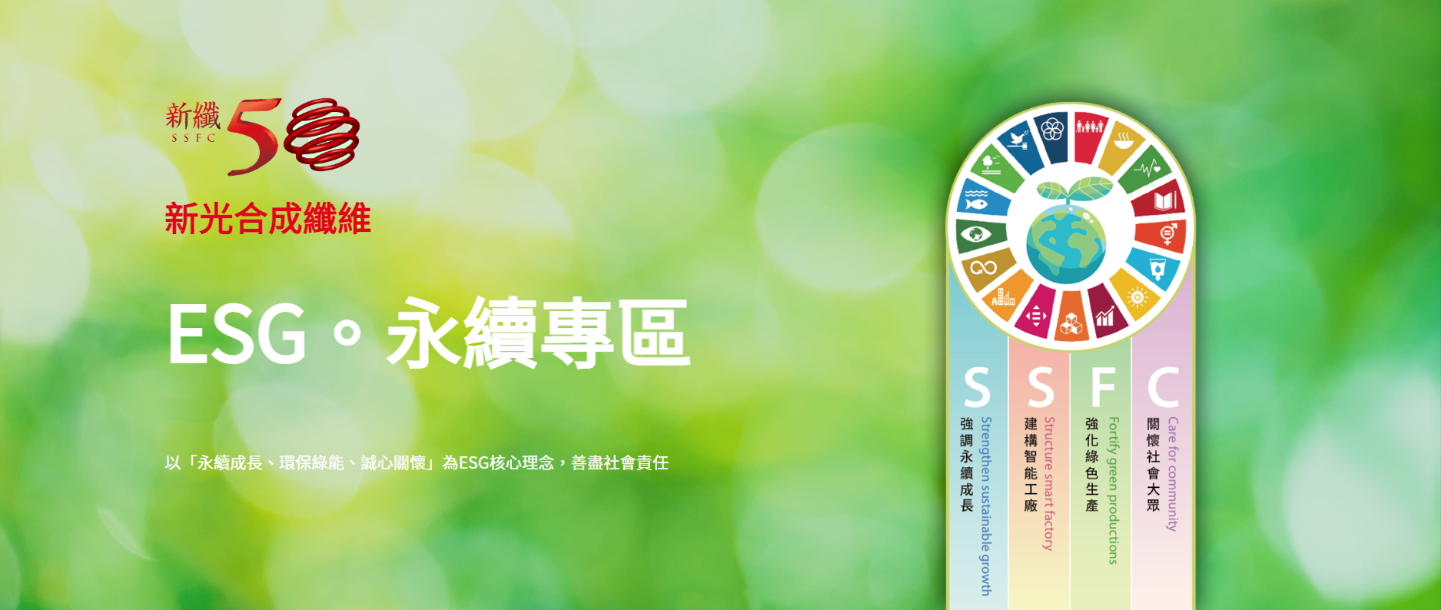ステークホルダー
Clarify the company policy of "Anti-Corruption" and "Anti-Bullying"policy at work, recognizes and follows the Enforcement of the Foreign Corrupt Practices Act (FCPA) and laws of R.O.C.. Non-arm's length transactions shall be prohibited. Improper channeling of profits is strictly prohibited.
Stakeholder Grievance line: 0800-588-100 Jackie Weng
Anti-corruption e-mail box: [email protected]

-
会長吳東昇法令の規定および株主総会および取締役会の決議に従って、会社のすべての業務を遂行し、会社およびすべての関連会社の運営および意思決定に対して全体的な責任を負います。
-
副会長吳東明法令の規定および株主総会および取締役会の決議に従って、会長が会社のすべての業務を遂行するのを補佐する。
-
ゼネラルマネージャー歐金達
- 取締役会の決議、会社の運営および管理。
- 会社の経営理念、改革、目標。
- 品質方針と目標を達成するための品質システムの策定と実施を監督する。
- 経営方針、制度、事業の企画・推進および実施実績の抜き取り調査。
- The company’s Internal Auditing Office is an independent unit established under the Board of Directors. Besides reporting the audit operations to Chairman and Audit Committee on a regular basis, the chief internal auditor shall also attend and deliver a report in the Board of Directors meeting.
- The internal auditor should evaluate the company's internal control systems and report on whether these controls are designed and executed adequately, effectively and efficiently. The audit scopes include all the operations of the company and its subsidiaries.
- The main work of the internal audits is performed according to an annual plan which is formulated based on the risk assessment and approved by the Board of Directors. Project audits or special reviews are conducted as needed. By reviewing the execution of the regular audits and the project audits, the management team can understand the functioning of the internal control system and the existing or potential weaknesses in the system.
- Internal Auditing Office reviews the results of internal control self-assessment performed by each department and subsidiary to ensure the quality of the executions. In addition, Internal Auditing Office consolidates the assessment results for the Board of Directors to evaluate the overall efficiency on the existing internal control systems before issuing the Internal Control System Statement.
- In accordance with the “Corporate Governance Principles of Far Eastern New Century Corporation”, appointment, dismissal, evaluation and review, salary and compensation of internal auditors of the Company shall be submitted by the chief auditor to the Board chairperson for approval.
-
Conduct "Ethical Management", "Anti-Corruption" and "Anti-Bullying" advocacy activities.
監査・報酬委員会
Hsien Der Chiu/ Chairperson of Xin Hong Construction Co., Ltd.- Experience:
- practicing lawyer
Yung-Ching Tsai/Consultant of Shin Kong Chao Feng Co., Ltd.
Director of U-P Human Resources Consulting Co., Ltd.
Vice-President of Chia Pang Investment Co., Ltd.
- Experience:
- Manager of Finance Department of Shin Kong Life Insurance Co., Ltd.
- Assistant Vice President of General Affairs Department of Shin Kong Life Insurance Co., Ltd.
- Director of Digilife Technologies Co., Ltd.
- Independent director of Advanced Green Biotechnology Inc.
Huei-Huang Lin/Full-time visiting professor
- Experience:
- Political Deputy Minister of the Ministry of Justice
- Chief prosecutor of supreme prosecutor’s office
- Dean of the Academy for the Judiciary of the Ministry of Justice
- Director of Division of Protection, Ministry of Justice
- Prosecutor General of the Prosecutor’s office of Hualien District Court, Taiwan
- Prosecutor General of the Prosecutor’s office of Penghu District Court, Taiwan
- Full-time visiting professor of Law School, Shih Hsin University
- Adjunct Professor, National Taipei University Department of Law
1、The company has established an Audit (and Risk Management) Committee, a Compensation Committee, and a Sustainability Development Promotion Committee. Each committee, including these functional committees, is composed of three independent directors of the company. They oversee various policies and initiatives, such as sustainability development and risk management. Sub-task groups are set up under these committees to periodically report the implementation of sustainability policies, risk assessment outcomes, and corresponding measures to both the functional committees and the Board of Directors.
- The committee reviews financial reports, evaluates the effectiveness of the internal control system, examines auditor fees, revises procedures for asset acquisition or disposal, guarantees endorsements, and revises operations for lending funds to others. It also reviews annual profit distribution plans, asset acquisition or disposal proposals, among others. All cases are discussed and approved by the committee members without dissent.
Additionally, the committee supervises the company's risk management policies. In accordance with the company's "Risk Management Policies and Procedures," it compiles risk identification, analysis, and assessment results for reporting to the committee and the Board of Directors. These reports are reviewed and approved unanimously.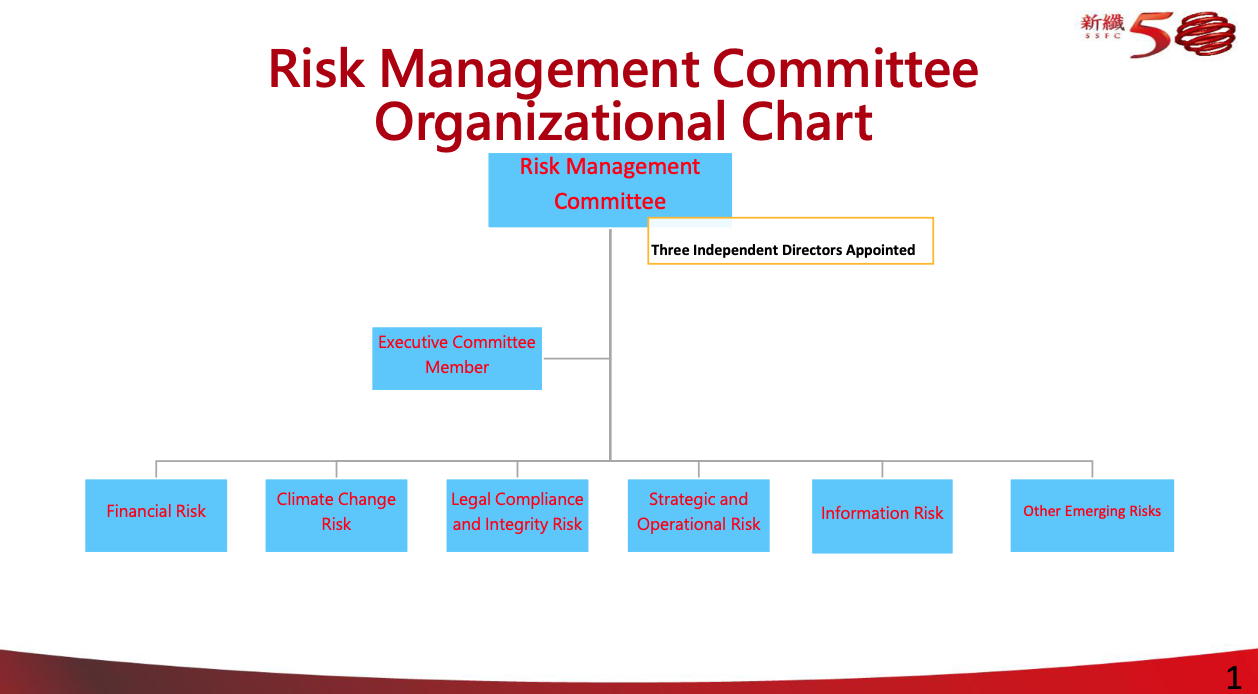
- The committee reviews employee and director compensation distribution, the issuance of year-end performance bonuses, the reasonableness of salary adjustment plans, and revisions to bonus systems and related policies. After proposals are presented by the respective departments to the committee, all items are discussed and approved unanimously by the members.
- Review of the Company's Sustainability Policies and Implementation. The Sustainability Development Promotion Committee reviewed the company’s sustainability development policies, annual plans, strategies, implementation status, and outcomes. Additionally, it supervised the disclosure of sustainability information, evaluated the sustainability report, and oversaw the planning and execution of the company’s sustainability development initiatives. The proposing units presented updates on the company’s sustainability policies, implementation progress, sustainability information disclosure, and the sustainability report. High-level executive performance was integrated into the company’s ESG indicators, which include promoting integrity in business practices, operational efficiency, carbon reduction and net-zero strategies, renewable energy usage, and fostering diversity and inclusion.
Following the review and discussions by all committee members and the Board of Directors, all proposals were unanimously approved without objections.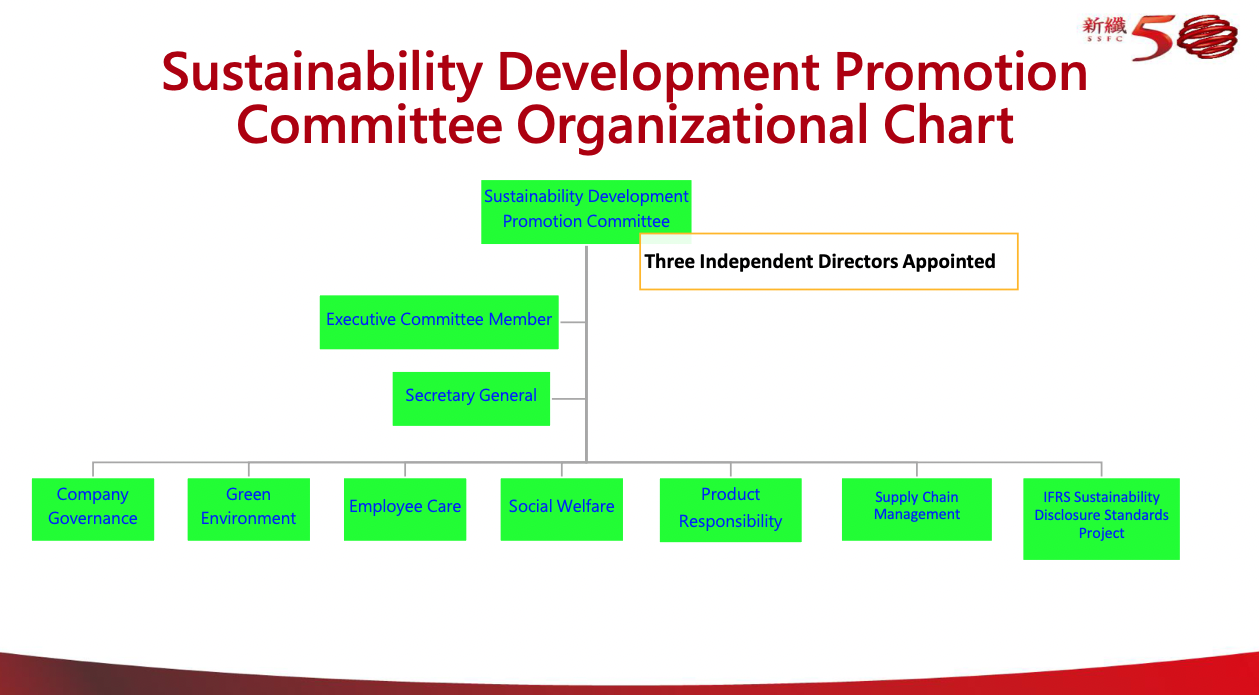
新光合繊の株式が上場している取引所は? 株式記号とは何ですか?
新光合成繊維有限公司は、1973 年 8 月 21 日に台湾証券取引所に上場しました。 台湾証券取引所の証券コードは 1409 です。
新光合成繊維有限公司の会計年度は?
会計年度は、毎年1月1日から12月31日までの暦年制を採用しています。
新光合成繊維有限公司の年次報告書を入手するにはどうすればよいですか?
会社の年次報告書は、会社のウェブサイトの投資家向け情報オプションからダウンロードするか、台湾証券取引所公開情報観測所からダウンロードしてください。
新光合成繊維有限公司の過去の財務データを取得するにはどうすればよいですか?
同社は、過去の会計士ビザの財務諸表を当社のウェブサイトの投資家向け情報: 四半期財務報告オプションの下で公開し、投資家はクリックして必要な財務データをダウンロードできます。 可以點選下載所需的財務數據。
新光合成繊維有限公司の配当方針は?
会社の年次決算に剰余金がある場合は、すべての税金を支払い、前年度の累積損失を埋め合わせた後、法定剰余金準備金として 10% を積み立てる必要があります。剰余金がある場合は、従業員賞与の 1%以上、役員報酬の 5%以下を充当し、残りは剰余金に加算する。期首 特別株式の現金配当、普通株主の二次配当の優先配当として、株主総会で金額を決定する。 同社のビジネス環境は依然として成長しており、持続可能な運営と長期的な発展のための経済環境を把握します。 取締役会が利益配分案を策定する際には、配当の安定性と成長性に焦点を当て、今年度の財務状況を考慮して、現金配当または(および)株式配当の形で分配することができます。普通株主への配当は、普通株主への配当を下回ってはならない 総株主配当の20パーセント。
定時株主総会が開催される場合、会社の株主は書面または電子的に議決権を行使できますか?
株主は、株主総会で書面または電子的に議決権を行使することができます.電子行使期間中は、台湾中央預託清算機構有限公司[株主電子チケット]ウェブサイトにログインして、投票を行ってください.関連する指示 [Web サイト www.stockvote.com.tw ]。
新光合成繊維有限公司の株式事務の窓口は?
新光証券株式会社の証券代行部までお電話でお問い合わせください。
住所: 台北市重慶南路一段 66-1 号 11 階
ウェブサイト: www.skis.com.tw
電話:(02)2311-8787
住所: 台北市重慶南路一段 66-1 号 11 階
ウェブサイト: www.skis.com.tw
電話:(02)2311-8787
コーポレート・ガバナンスに関する事項
取締役会の業績評価事項
同社の取締役会は、2019年に取締役会の業績評価方法を可決し、評価サイクルは年1回、評価期間は1月1日から12月31日まで、評価範囲(取締役会、個々の取締役メンバーおよび機能委員会の業績評価)および評価方法(取締役会の内部自己評価、取締役の自己評価および機能委員会の自己評価を含む)。 年次評価結果は、参考のために上級管理職に提供され、翌年の第 1 四半期までに取締役会に報告されます。
評価内容と結果
防範內線交易宣導事項
本年度8月6日董事會通過修訂本公司防範內線交易辦法,並已於10月25日對現任內部人及受僱人計14人次進行1小時的防範內線交易教育宣導。課程內容包括:內線交易觀念與法規、內線交易之法律責任、內線交易常見實務、內部人買賣股票規定及公司治理評鑑相關指標。另特別於公司治理評鑑指標說明項目,本年度新增提醒內部人不得於年度財務報告公告前三十日,和每季財務報告公告前十五日之封閉期間交易其本公司股票,並於每次封閉交易期間開始前1 日以E-mail 個別提醒,避免內部人誤觸此規範。本年度本公司已於113 年10 月25 日以E-mail 方式通知所有內部人禁止封閉期間(113年10月27日~113年11月11日)交易股票。
- 会社の規模、経営状況および経営上の必要性に応じて、会社には、コーポレート・ガバナンス責任者およびコーポレート・ガバナンス関連業務の処理を担当する多数のパートタイム・ユニットがあります。
- コーポレート・ガバナンス担当者の主な責務
● 取締役が業務を遂行するために必要な情報を提供する
● 取締役会及び株主総会の議事事項を法律に従って処理すること
● 会社登記・変更登記の取り扱い
● 取締役会および株主総会の議事録を作成する
-
コーポレート・ガバナンス責任者の付託事項、業務執行のポイントおよび高度研修の実施状況
主な責任には、法律に従って取締役会および株主総会に関連する事項を処理すること、取締役会および株主総会の議事録を作成すること、取締役および監督者の任命と継続的な教育を支援すること、取締役および監督者に情報を提供することが含まれます。業務遂行に必要な情報を監督者に提供し、会社の定款または契約に従って定められた法律およびその他の事項を遵守するために取締役および監督者を補佐します。
また、企業のコーポレート・ガバナンス評価プロジェクトで目標を達成できなかった人も含まれ、コーポレート・ガバナンスをより完全なものにすることを望んで、関連する改善提案を提出しました。 例えば、取締役会の体制と運営を強化することで、知財管理を強化し、情報の透明性を高め、英文企業のウェブサイトを改善し、財務報告の提供を迅速化します。
今年のコーポレートガバナンス幹部の上級コースには、中国と米国の間の競争下にある未来の世界、低炭素経済の世界的な傾向と革新、企業の低炭素革新、2023年の世界経済と産業の見通し、知的財産管理が含まれます。監査委員会の権限行使に関する参考ガイドラインの発表、取締役・監査役説明会、ESGの動向や流行環境について議論し、グローバルな税制改革と合計18時間の法人税ガバナンス。
取締役会の業績評価事項
同社の取締役会は、2019年に取締役会の業績評価方法を可決し、評価サイクルは年1回、評価期間は1月1日から12月31日まで、評価範囲(取締役会、個々の取締役メンバーおよび機能委員会の業績評価)および評価方法(取締役会の内部自己評価、取締役の自己評価および機能委員会の自己評価を含む)。 年次評価結果は、参考のために上級管理職に提供され、翌年の第 1 四半期までに取締役会に報告されます。
| 評価サイクル 年1回 |
| 評価期間 1月1日~12月31日 |
| 評価範囲 取締役会、各取締役、機能委員会(監査委員会、報酬委員会を含む)の業績評価 |
| 評価方法 取締役会の内部自己評価、取締役の自己評価、機能委員の自己評価 |
評価内容と結果
- 取締役会の業績評価項目:会社運営への参加、取締役会の意思決定の質の向上、取締役会の構成と構造、取締役の選任と継続教育、および内部統制。 評価結果で最も満足できる項目は「取締役会の構成と仕組み」であり、改善すべき項目は「会社の業務への参加度」です。
- 個々の取締役の業績評価項目:会社の目標と任務の熟知、取締役の責任の認識、会社運営への参加度、内部関係の管理とコミュニケーション、取締役の専門的および継続的な教育、および内部統制。 評価結果で最も満足できる項目は「取締役の責任意識」であり、強化すべき項目は「会社業務への参加度」です。
- 機能委員会の業績評価項目:会社運営への参加度、機能委員会の責任意識、機能委員会の意思決定の質の向上、機能委員会の構成と委員の選任、内部統制。 評価結果で最も満足できる項目は「機能委員会の構成と委員の選任」であり、強化すべき項目は「内部統制」です。
防範內線交易宣導事項
本年度8月6日董事會通過修訂本公司防範內線交易辦法,並已於10月25日對現任內部人及受僱人計14人次進行1小時的防範內線交易教育宣導。課程內容包括:內線交易觀念與法規、內線交易之法律責任、內線交易常見實務、內部人買賣股票規定及公司治理評鑑相關指標。另特別於公司治理評鑑指標說明項目,本年度新增提醒內部人不得於年度財務報告公告前三十日,和每季財務報告公告前十五日之封閉期間交易其本公司股票,並於每次封閉交易期間開始前1 日以E-mail 個別提醒,避免內部人誤觸此規範。本年度本公司已於113 年10 月25 日以E-mail 方式通知所有內部人禁止封閉期間(113年10月27日~113年11月11日)交易股票。
委員会のメンバー
新光合繊有限公司の第18期の取締役は12名(うち独立取締役3名)で、任期は2020年5月28日から3年間です。 取締役会のメンバーは次のとおりです。
| 職位 | 氏 名 | 主な学歴 | 主な兼任職務 (当社または他社) |
専門分野および責任範囲 |
|---|---|---|---|---|
| Chairperson | Shin Kong Construction and Development Co., Ltd Representative: Tong-Sheng Wu |
Ph.D of Law, Harvard University | UBright Optronics Corporation - Chairperson; Shinkong Materials Technology Co., Ltd. - Chairperson; TacBright Optronics Corporation - Director; Shinkong Insurance Co. Ltd. - Director; Shinkong Mitsukoshi Department Store Co., Ltd. - Chairperson; Shinkong Co., Ltd. - Director; Shinkong International Leasing Corp. - Chairperson; Shinkong Technologies Corporation - Chairperson; Shin Kong Recreation Co., Ltd. - Chairperson; Shin Kong Construction and Development Co., Ltd.- Director; Wang Tien Woolen Textile Co. Ltd. - Director; Shin Kong Chao Feng Co., Ltd. - Director; Shinkong Asset Management Co., Ltd. - Director. | Management and Leadership Experience |
| Vice Chairperson | Shin Kong Construction and Development Co., Ltd Representative: Tung-Ming Wu |
Master of Accounting, Western Illinois State University | Fuhbic International Corp. - Chairperson; WeMo Corp.- Chairperson; Shinkong Co., Ltd. - Director; Shin Kong Recreation Co., Ltd. - Supervisor; Thai Shinkong Industry Corporation Ltd. - Director; Wang Tien Woolen Textile Co., Ltd. - Director; Shin Kong Chao Feng Co., Ltd. - Supervisor, San Fu Chemical Co Ltd. - Independent Director, Tai Roun Products Co., Ltd. - Independent Director. | Business Operations |
| Director | Shin Kong Co., Ltd. Representative: Steve Hong |
Department of Information, University of Minnesota | Han Ling Construction Co., Ltd. - Chairperson; Han Shan Construction Co., Ltd. - Chairperson; Jiubing Industrial Co., Ltd. - Chairperson. | Financial and Investment Management |
| Director | Chin Shan Investment Co. Ltd. Representative: Hsing- En Wu |
Master of Department of Applied Physics and Materials Science, California State University, Los Angeles | Shinkong Textile Co., Ltd. - Chairperson; Shinkong Asset Management Co., Ltd. - Chairperson. | Corporate Management and Risk Control |
| Director | Shin Kong Wu Ho-Su Cultural & Educational Foundation Representative: Jung-Chi, Liu |
Department of Administration, National Chung Hsing University | Shin Kong Wu Ho-Su Memorial Hospital - Consultant. | Industry-Specific Management |
| Director | Tay Way Enterprise Co., Ltd. Representative: Huoo-Tzau Shih |
Department of International Trade, Feng Chia University | TacBright Optronics Corporation - Chairperson; UBright Optronics Corporation - Director. | Financial Accounting Management |
| Director | Tay Way Enterprise Co., Ltd. Representative: Ching-Chun Chiu |
Master, International Management, St. Thomas University, USA | The World Hakka Federation - Chairman; Taiwan Land Development Corporation - Independent Director; Hsinchu Gas Co., Ltd. - Director; Taiwan Flower Biotechnology Co., Ltd. - Supervisor | Industry-Specific Business and Operations |
| Director | Mian Hao Industry Co., Ltd. Representative: Sun-Mo Ni |
Representative: Sun-Mo Ni | Shin Kong Wu Ho-Su Memorial Hospital - Consultant. | Administrative Planning |
| Director | Shin Kong Construction and Development Co., Ltd Representative: Hsiu-Mei, Wang Chen |
Ph.D of University of Science and Technology Graduate Institute of Management | Industry-Specific Production Management | |
| Independent director | Hsien-Der Chiu | Department of Law, National Taiwan University | Xin Hong Construction Co., Ltd. - Chairperson | Compliance and Risk Control |
| Independent director | Huei-Huang Lin | Juris Doctor, Duke University, USA | Full-time visiting professor of Law School, Shih Hsin University, Adjunct Professor at National Taipei University Department of Law | Compliance and Risk Control |
| Independent director | Yung-Ching Tsai | Department of Insurance and Financial Management, Takming University of Science and Technology | Consultant of Shin Kong Chao Feng Co., Ltd. - Consultant; U- Human Resources Consulting Co., Ltd. - Director; Chia Pang Investment Co., Ltd. - Vice President | Human Resources and Investment Management |
取締役会の多様性に関する方針
当社は、「コーポレートガバナンス・コード」において、取締役会の構成について、性別、人種、国籍を問わず、多様性に配慮することを定めており、職務遂行に必要な知識・技能・実績を有するとともに、コーポレート・ガバナンスの目指すべき姿、取締役会 持つべき総合力とは ①経営判断力 ②会計・財務分析力 ③経営管理力 ④危機対応力 ⑤産業知識 ⑥国際市場展望7. リーダーシップ能力 8. 意思決定能力およびその他の多様な専攻のバックグラウンド。
現在の取締役は、社外取締役3名、女性取締役1名(取締役全体の25%、8.3%)を含む12名で、証券取引法第26条の3第3号、第4号の規定はなく、現在の取締役会の多様性に関する方針と実施状況は次のとおりです。
現在の取締役は、社外取締役3名、女性取締役1名(取締役全体の25%、8.3%)を含む12名で、証券取引法第26条の3第3号、第4号の規定はなく、現在の取締役会の多様性に関する方針と実施状況は次のとおりです。
取締役会の多様性の実行
| Names of Diversified Core Directors | Basic composition | 業界経験 | 専門能力 | |||||||||||
|---|---|---|---|---|---|---|---|---|---|---|---|---|---|---|
| Nationality | Gender | Term of office and seniority as an independent director | Manufacturing | Finance | Purchase and marketing | Banks,insurance and real estate | Business management | Information and technology | Law | Finance and accounting | Risk management | |||
| Less than 3 years | 3 ~ 6 years | 6 ~ 9 years | ||||||||||||
| Chairperson Tong-Sheng Wu | The Republic of China | Male | V | V | V | V | V | V | V | V | ||||
| Vice Chairperson Tung-Ming Wu | The Republic of China | Male | V | V | V | V | V | V | V | V | ||||
| Director Hsiu-Mei, Wang Chen | The Republic of China | Female | V | V | V | V | V | V | ||||||
| Director Steve Hong | The Republic of China | Male | V | V | V | V | V | V | ||||||
| Director Ching-Chun Chiu | The Republic of China | Male | V | V | V | |||||||||
| Director Hsing-En Wu | The Republic of China | Male | V | V | V | V | V | |||||||
| Director Huoo-Tzau Shih | The Republic of China | Male | V | V | V | V | V | |||||||
| Director Jung-Chi Liu | The Republic of China | Male | V | V | V | V | V | |||||||
| Director Sun-Mo Ni | The Republic of China | Male | V | V | V | V | V | |||||||
| Independent Director Hsien-Der Chiu | The Republic of China | Male | V | V | V | V | V | |||||||
| Independent Director Huei-Huang Lin | The Republic of China | Male | V | V | V | V | ||||||||
| Independent Director Yung-Ching Tsai | The Republic of China | Male | V | V | V | V | V | V | ||||||
独立取締役、内部監査責任者、会計士間のコミュニケーション
当社の内部監査部門は、独立取締役に対して定期的に内部監査報告書を提供し、取締役会を通じて最新の監査状況を報告します。独立取締役は、いつでも当社の財務および業務の遂行状況を確認することができます。業務に関する懸念がある場合、関連部門の責任者とコミュニケーションを図り、改善を検討できます。
会計士とのコミュニケーションに関しては、独立取締役が当社の財務または業務状況に関する懸念がある場合、いつでも直接会計士とコミュニケーションを図り、関連部門に対して改善指導を行うことができます。
独立取締役と内部監査責任者間のコミュニケーション要約
独立取締役と会計士間のコミュニケーション要約
監査委員会はすべての独立取締役で構成されており、会計士は四半期ごとに当社および海外子会社の重要な監査結果を報告し、法令改正が当社の業務または財務状況に影響を与えるかどうかについても十分に説明します。
当社の内部監査部門は、独立取締役に対して定期的に内部監査報告書を提供し、取締役会を通じて最新の監査状況を報告します。独立取締役は、いつでも当社の財務および業務の遂行状況を確認することができます。業務に関する懸念がある場合、関連部門の責任者とコミュニケーションを図り、改善を検討できます。
会計士とのコミュニケーションに関しては、独立取締役が当社の財務または業務状況に関する懸念がある場合、いつでも直接会計士とコミュニケーションを図り、関連部門に対して改善指導を行うことができます。
独立取締役と内部監査責任者間のコミュニケーション要約
| 日付 | コミュニケーション方法 | 議題 | コミュニケーション結果 | 出席者 |
|---|---|---|---|---|
| 2024/1/23 | 取締役会 | 内部監査業務報告 | 認識され、特別な意見なし。 | 独立取締役 & 監査責任者 |
| 2024/3/11 | 監査委員会、取締役会 | 内部統制制度の自己評価および声明書 | 認識され、承認された。 | 独立取締役、監査責任者 & 会計士 |
| 2024/5/7 | 取締役会 | 内部監査業務報告 | 認識され、特別な意見なし。 | 独立取締役 & 監査責任者 |
| 2024/8/6 | 取締役会 | 内部監査業務報告 | 認識され、特別な意見なし。 | 独立取締役 & 監査責任者 |
| 2024/11/11 | 監査委員会、取締役会 | 2025年度監査計画および内部監査業務報告 | 支持され、承認された。 | 独立取締役、監査責任者 & 会計士 |
| 日期 | 溝通方式 | 溝通項目 | 溝通結果 | 出席人員 |
|---|---|---|---|---|
| 2023/1/16 | 董事會 | 內部稽核業務報告 | 獨董對於內部稽核業務報告知悉並無特別意見。 | 邱獨董、林獨董、蔡獨董及稽核主管 |
| 2023/3/13 | 審計委員會、董事會 | 「內部控制制度自行評估」及「內部控制制度聲明書」報告內部稽核業務報告 | 針對2022年度內部控制制度自行評估結果與獨董溝通,獨董對於結果知悉並無特別意見,並同意「內部控制制度聲明書」之內容。 獨董對於內部稽核業務報告知悉並無特別意見。 |
邱獨董、林獨董、蔡獨董及稽核主管、查核簽證會計師 |
| 2023/5/10 | 董事會 | 內部稽核業務報告 | 獨董對於內部稽核業務報告知悉並無特別意見。 | 邱獨董、林獨董、蔡獨董及稽核主管 |
| 2023/7/3 | 董事會 | 內部稽核業務報告 | 獨董對於內部稽核業務報告知悉並無特別意見。 | 邱獨董、林獨董、蔡獨董及稽核主管 |
| 2023/7/26 | 董事會 | 內部稽核業務報告 | 獨董對於內部稽核業務報告知悉並無特別意見。 | 邱獨董、林獨董、蔡獨董及稽核主管 |
| 2023/8/7 | 董事會 | 內部稽核業務報告 | 獨董對於內部稽核業務報告知悉並無特別意見。 | 邱獨董、林獨董、蔡獨董及稽核主管 |
| 2023/11/7 | 審計委員會、董事會 | 2024年度稽核計畫 內部稽核業務報告 |
獨董對於2024年度稽核計畫予以支持,並照案通過。 獨董對於內部稽核業務報告知悉並無特別意見。 |
邱獨董、林獨董、蔡獨董及稽核主管、查核簽證會計師 |
独立取締役と会計士間のコミュニケーション要約
監査委員会はすべての独立取締役で構成されており、会計士は四半期ごとに当社および海外子会社の重要な監査結果を報告し、法令改正が当社の業務または財務状況に影響を与えるかどうかについても十分に説明します。
| 日付 | 議題 | コミュニケーション結果 | 出席者 |
|---|---|---|---|
| 2024/03/11 | 2023年連結財務報告および重要な監査事項 | 承認され、報告された。 | 独立取締役 & 会計士 |
| 2024/05/07 | 2024年第1四半期連結財務報告審査結果 | 承認され、報告された。 | 独立取締役 & 会計士 |
| 2024/08/06 | 2024年第2四半期連結財務報告審査結果 | 承認され、報告された。 | 独立取締役 & 会計士 |
| 2024/11/11 | 2024年第3四半期連結財務報告および重要監査事項 | 承認され、報告された。 | 独立取締役 & 会計士 |
| 日期 | 溝通項目 | 出席人員 |
|---|---|---|
| 2023/03/13 | 會計師就2022年財務報表及查核報告進行說明。 | 邱獨董、林獨董、蔡獨董及查核簽證會計師 |
| 2023/05/10 | 會計師就2023年第一季財務報表進行說明。 | 邱獨董、林獨董、蔡獨董及查核簽證會計師 |
| 2023/08/07 | 會計師就2023年上半年度財務報表進行說明。 | 邱獨董、林獨董、蔡獨董及查核簽證會計師 |
| 2023/11/07 | 會計師就2023年第三季財務報表及2023年關鍵查核報告事項進行說明。 | 邱獨董、林獨董、蔡獨董及查核簽證會計師 |
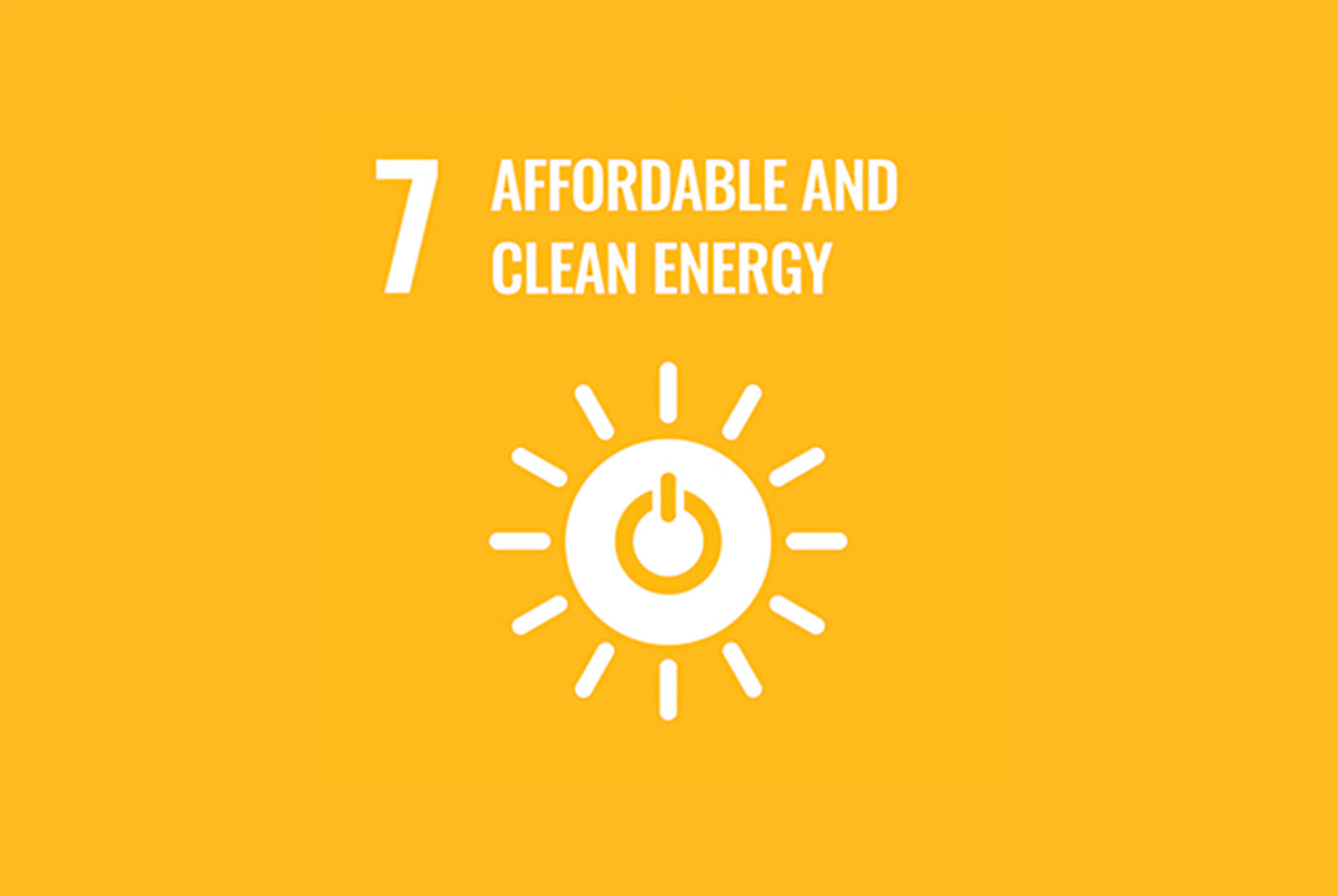
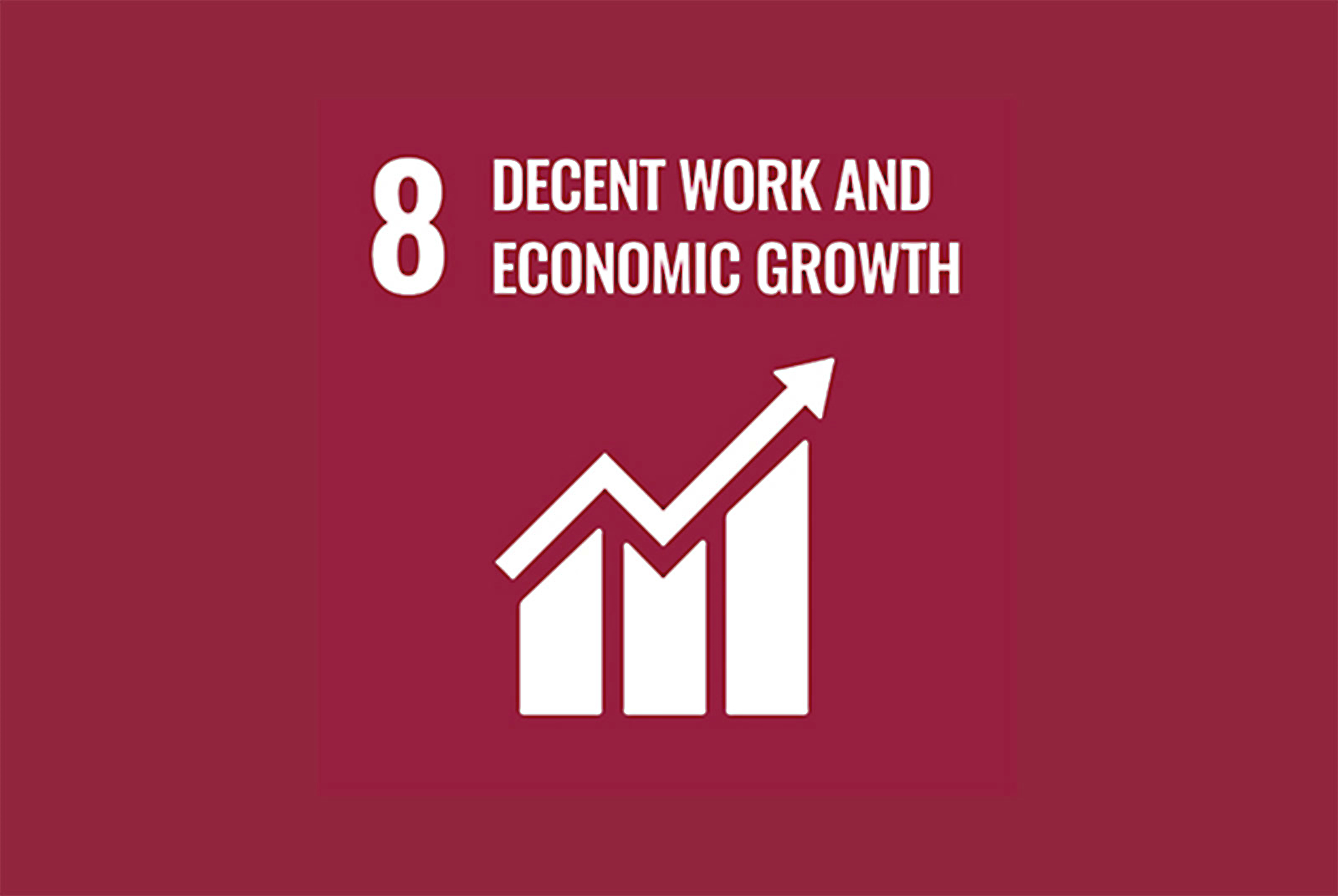
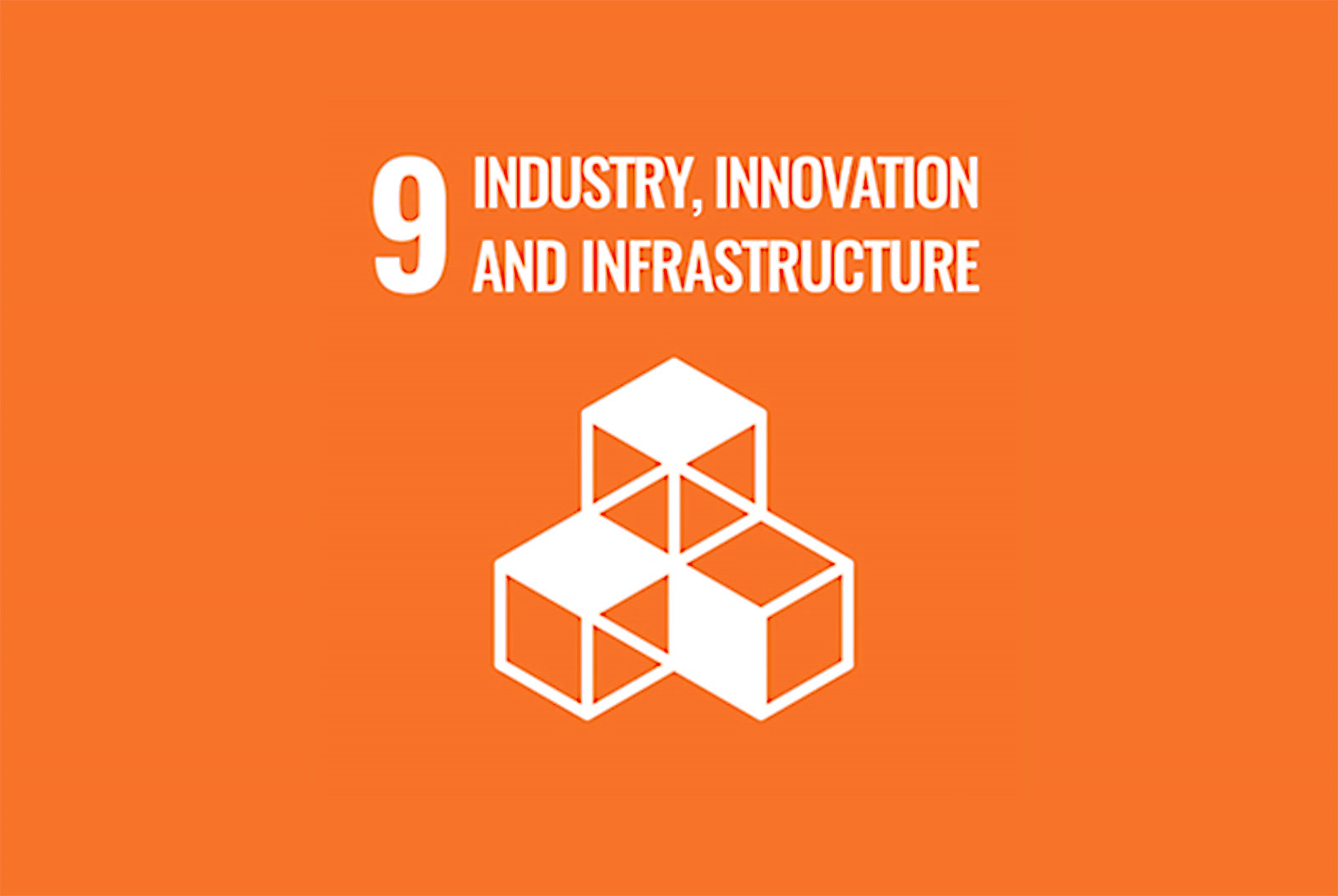
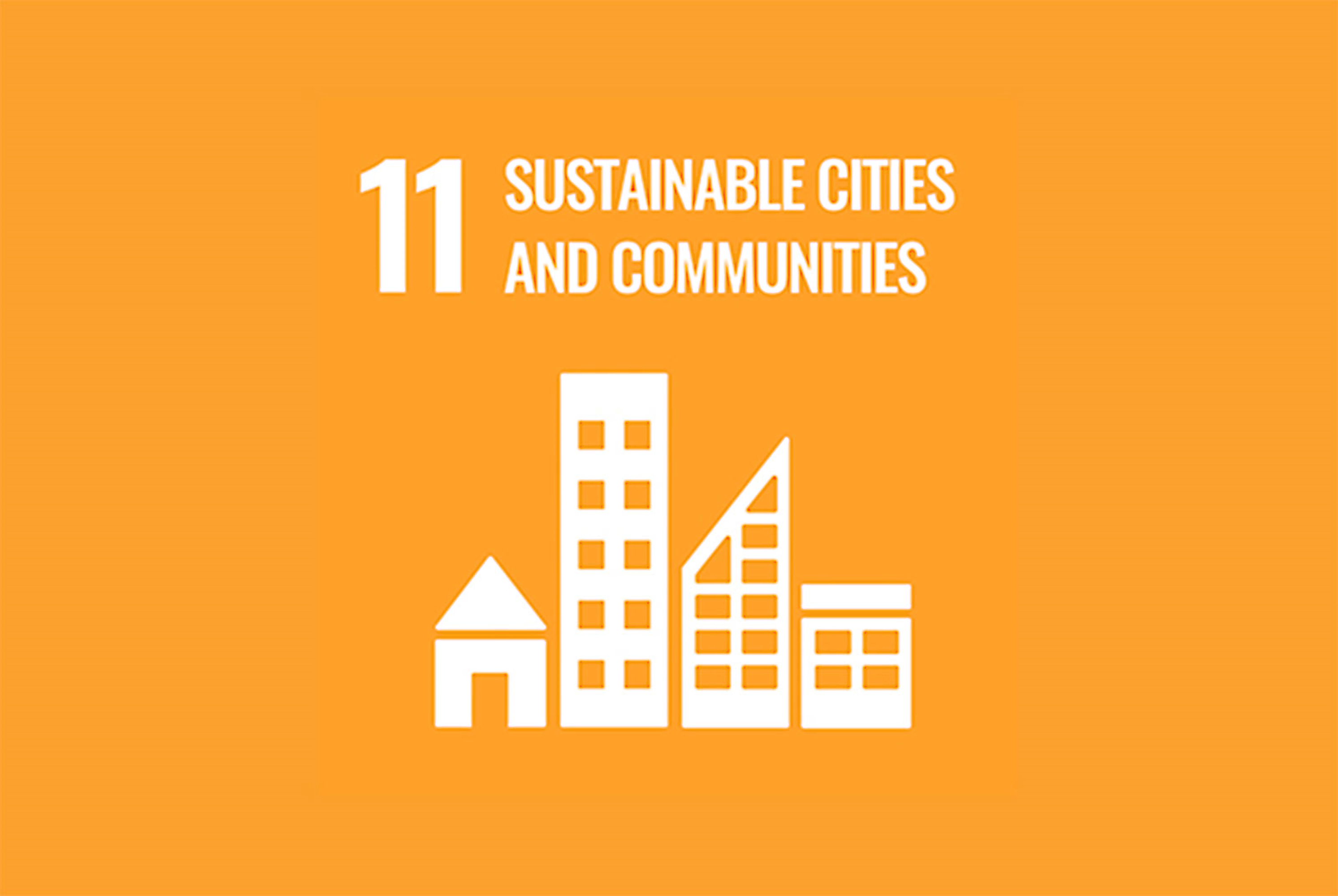
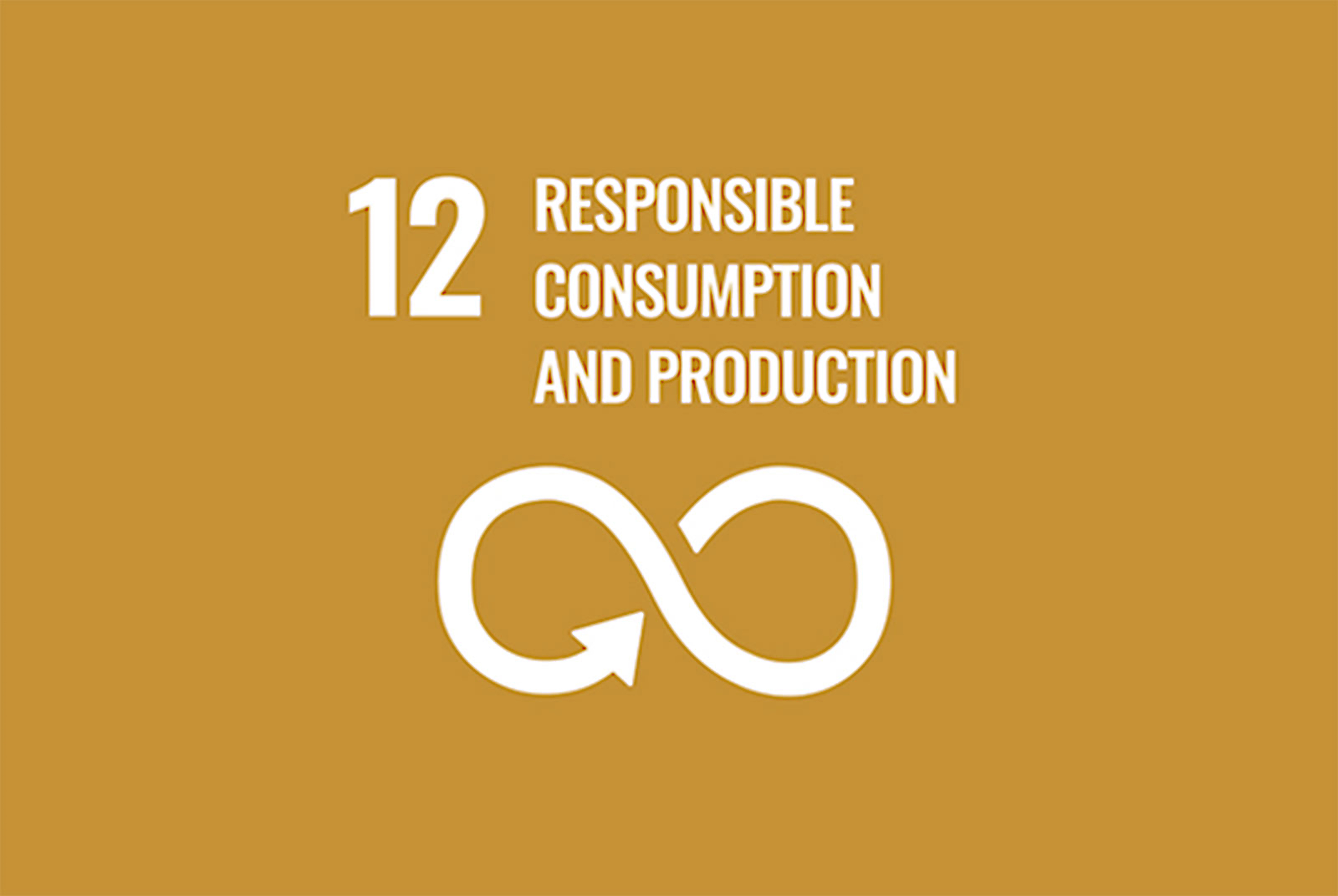
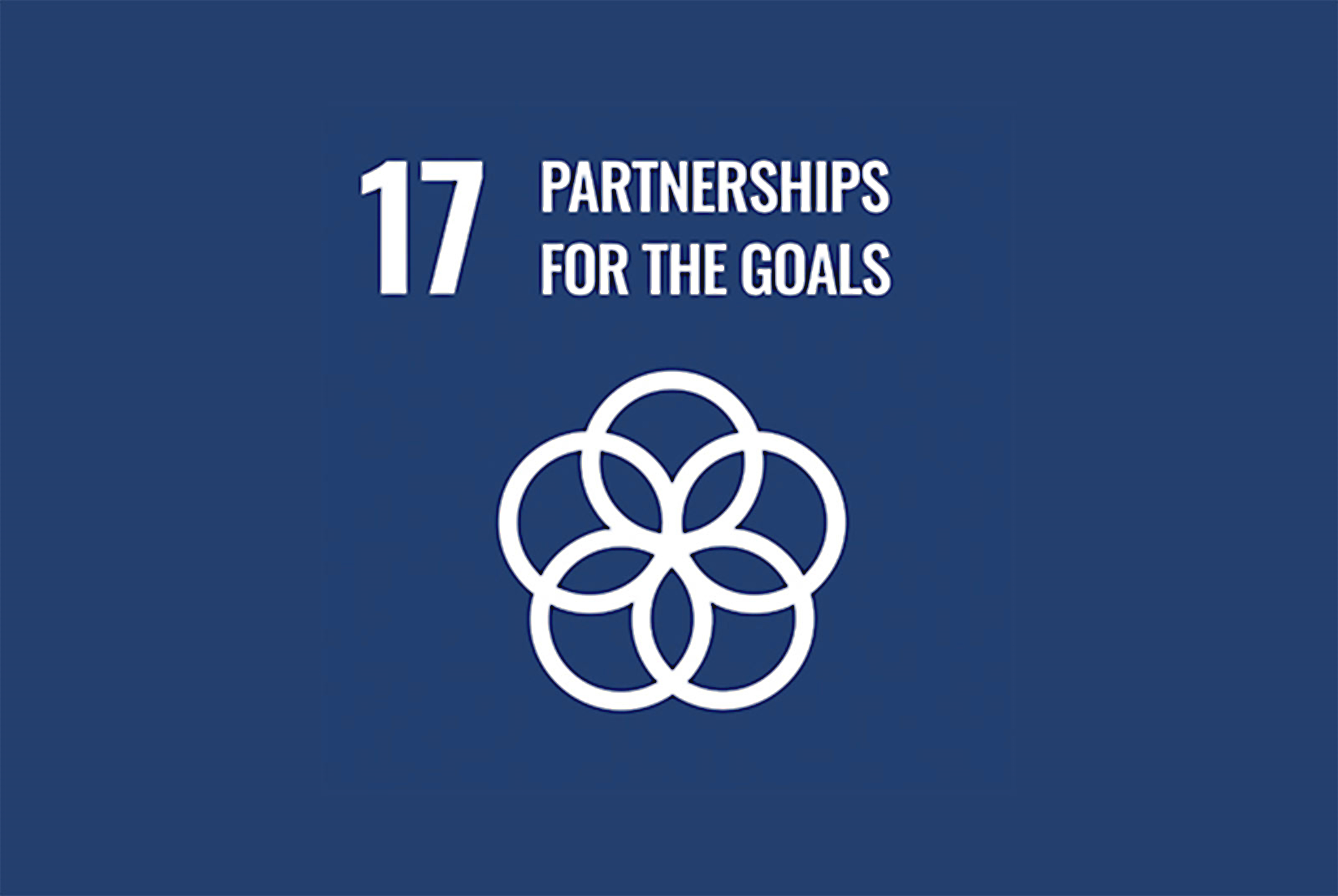
ShinKong Synthetic Fiber Co., Ltd. Initiative Declaration
ShinKong Synthetic Fiber Co., Ltd. envisions itself as a "sustainable and high-tech polyester industry" and upholds the core values of "sustainable development, green energy, and environmental protection, with sincere care." The company is dedicated to providing high-quality products and services to its customers. Embracing the philosophy of "pursuing excellence and continuous improvement," the company strives to enhance professionalism, introduce innovative products, fulfill social responsibilities, and achieve sustainable operations.
Corporate sustainability has long been one of ShinKong Synthetic Fiber’s goals and a driving force for its growth. The company believes that engaging in deep communication and interaction with stakeholders promotes corporate sustainability. Through listening to the perspectives of employees, customers, suppliers, shareholders, and other stakeholders, and addressing contemporary social, environmental, labor, human rights, business ethics, and sustainable procurement issues, the company identifies significant sustainability topics, sets objectives and strategies, and gradually implements improvement plans to respond to stakeholder needs. By doing so, ShinKong Synthetic Fiber actively fulfills its corporate citizenship responsibilities and pursues a sustainable future together.
The company supports internationally recognized human rights standards and principles such as the "United Nations Universal Declaration of Human Rights," the "United Nations Global Compact," the "United Nations Guiding Principles on Business and Human Rights," and the "International Labour Organization" conventions. Compliance with the laws and regulations of the countries/regions where it operates is regarded as the fundamental requirement.
A. Labor
The company pledges to protect and respect workers' human rights based on internationally recognized principles. This commitment applies to all types of workers, including temporary, migrant, student, contractual, direct employees, and any other categories.
Labor Standards:
-
Freely Chosen Employment:
The use of forced labor, bonded labor (including debt bondage), involuntary or exploitative prison labor, slavery, or human trafficking is strictly prohibited. This includes the transportation, harboring, recruitment, transfer, or receipt of persons through coercion, fraud, or deception for labor or services. Employers must not impose unreasonable restrictions on workers' freedom of movement at the workplace or living facilities. As part of the recruitment process, all workers must be provided with an employment agreement in their native language, detailing the terms and conditions of employment. Agreements must not be altered or replaced post-departure unless required to comply with local laws offering equal or better terms. All work must be voluntary, and workers have the right to resign at any time without penalty, provided they give reasonable notice. Employers and recruitment agencies must not retain or destroy workers' identification documents or immigration papers unless legally required. Even in such cases, workers must have unrestricted access to their documents. Workers must not be required to pay recruitment fees; if paid, such fees must be reimbursed. -
Child Labor and Young Workers:
The employment of child labor is prohibited. "Child labor" refers to workers under the age of 15. Mechanisms must be in place to verify the age of workers. Legal workplace learning programs complying with local regulations are exceptions. Workers under 18 should not engage in hazardous tasks, night shifts, or overtime. Proper student records must be maintained, educational partners rigorously evaluated, and students' rights safeguarded in accordance with local laws. If child labor is discovered, appropriate support and remediation must be provided. -
Working Hours:
Working hours must not exceed local legal limits. Weekly hours, including overtime, should not exceed 60 hours except in emergencies or special circumstances. Overtime must be voluntary, and workers must be allowed at least one day off every seven days. -
• Wages and Benefits:
Compensation should comply with applicable wage laws, including minimum wage, overtime, and statutory benefits. Overtime pay should exceed the regular hourly rate, as required by local law. Wage deductions as disciplinary measures are prohibited. Workers should receive a detailed pay stub in each pay period. Temporary and outsourced workers must be employed per local legal requirements. -
• Humane Treatment:
Harsh or inhumane treatment, including violence, sexual violence, harassment, corporal punishment, psychological abuse, bullying, public humiliation, or verbal abuse, is prohibited. Disciplinary policies must be clearly defined and communicated to workers. -
• Non-Discrimination/Non-Harassment:
The company is committed to a workplace free from harassment and discrimination based on race, color, age, gender, sexual orientation, gender identity/expression, ethnicity, disability, pregnancy, religion, political affiliation, union membership, veteran status, genetic information, or marital status. Employees must not undergo discriminatory medical tests, such as pregnancy or virginity checks. -
• Freedom of Association:
Employees have the right to form, join, or avoid unions, engage in collective bargaining, and participate in peaceful assembly without fear of discrimination, retaliation, threats, or harassment.
B. Health and Safety
The company recognizes that minimizing work-related injuries and illnesses not only protects workers but also enhances product and service quality, production stability, employee loyalty, and morale. It also acknowledges that continuous employee engagement and education are key to identifying and resolving workplace health and safety issues.
These standards are drafted with reference to internationally recognized management systems (such as ISO 45001 and the International Labour Organization's occupational health and safety management system guidelines), which also serve as valuable additional sources of information.
Health and Safety Standards:
-
Occupational Safety
The company identifies, evaluates, and mitigates workplace health and safety risks (such as chemical, electrical, and energy-related hazards, fire, vehicle operations, and fall risks) through hierarchical control measures. These measures include hazard elimination, substitution of processes or materials, appropriate design and control, implementation of engineering and administrative controls, preventive maintenance, safe operational procedures (including lockout/tagout protocols), and ongoing safety training. If risks cannot be adequately controlled through these measures, employees must be provided with suitable, well-maintained personal protective equipment and educational materials related to such risks. Reasonable measures must also be taken to ensure that pregnant and breastfeeding women are removed from highly hazardous work environments and that their occupational health and safety risks (including those associated with their assigned tasks) are mitigated or eliminated. Appropriate accommodations must also be provided for breastfeeding women. -
Emergency Preparedness
The company identifies and assesses potential emergencies and incidents and minimizes their impact through emergency plans and response procedures. These include emergency reporting, worker notifications, evacuation plans, training, and drills. Emergency drills must be conducted at least annually or as required by local laws, whichever is stricter. Emergency plans must also include adequate fire detection and suppression equipment, unobstructed emergency exits, sufficient escape facilities, contact information for emergency personnel, and recovery plans. These plans and procedures should prioritize minimizing harm to life, the environment, and property. -
Injury and Illness
The company establishes procedures and systems to prevent, manage, track, and report workplace injuries and illnesses. These include encouraging workers to report incidents, classifying and recording cases, providing necessary treatment, investigating cases to eliminate root causes, and assisting workers in returning to their jobs. -
Industrial Hygiene
The company identifies, evaluates, and controls worker exposure to chemical, biological, and physical agents through hierarchical control measures. If hazards are detected, efforts should be made to eliminate or reduce them. When elimination or reduction is not feasible, appropriate design, engineering, and administrative control measures should be employed. If these measures cannot effectively prevent hazards, workers must be provided, free of charge, with properly maintained personal protective equipment. Education about the risks associated with such hazards must be included in the prevention plan. -
Physically Demanding Work
The company identifies, evaluates, and mitigates risks associated with physically demanding work, such as manually handling materials, repetitive lifting of heavy objects, prolonged standing, and highly repetitive or strenuous assembly tasks. -
Machine Safeguarding
The company assesses safety hazards associated with production equipment and other machinery. Physical safeguards, interlocks, and barriers must be provided and properly maintained to prevent injuries. -
Sanitation and Accommodation
The company ensures workers have access to clean toilet facilities, potable drinking water, and sanitary cooking utensils, food storage, and dining areas. Employee accommodations provided by the company or labor intermediaries must be clean, safe, and equipped with appropriate emergency exits, hot water for bathing, adequate lighting, heating, and ventilation, secure storage for personal and valuable items, and suitable, accessible private spaces. -
Health and Safety Communication
The company provides employees with workplace health and safety information and training in a language they understand. This includes identifying workplace hazards such as mechanical, electrical, chemical, fire, and physical risks. Health and safety-related information must be prominently displayed or readily accessible in the workplace. Regular training must be provided to all employees before they start work and on an ongoing basis. Employees should be encouraged to voice health and safety concerns without fear of retaliation.
C.Environment
The company recognizes that environmental protection is an integral part of producing world-class products. Participants should identify the environmental impact of their manufacturing processes and strive to minimize negative effects on communities, the environment, and natural resources, while ensuring public health and safety.
Environmental Standards:
-
Environmental Permits and Reporting
The company obtains all necessary environmental permits (e.g., for emissions monitoring), approvals, and registrations. These must be maintained, regularly updated, and operated in compliance with permit requirements, including reporting obligations. -
Pollution Prevention and Resource Conservation
The company strives to minimize or eliminate pollutant emissions and waste generation at the source or through practices such as adding pollution control equipment, improving production, maintenance, and facility procedures, or employing other methods. Natural resources (including water, fossil fuels, minerals, and virgin forest products) should be conserved through practices such as process optimization, material substitution, reuse, conservation, recycling, or other methods. -
Hazardous Substances
The company identifies, labels, and manages chemicals, waste, and other substances that pose a risk to humans or the environment, ensuring that these are safely handled, transported, stored, used, recycled or reused, and disposed of. -
Solid Waste
The company implements systematic measures to identify, manage, reduce, and responsibly dispose of or recycle solid waste (non-hazardous). -
Air Emissions
The company characterizes, routinely monitors, controls, and treats emissions of volatile organic compounds, aerosols, corrosives, particulates, ozone-depleting substances, and combustion byproducts before they are released during operations. Ozone-depleting substances are managed in accordance with the Montreal Protocol and applicable regulations. The performance of air emission control systems is regularly monitored. -
Materials Restrictions
The company complies with all applicable laws, regulations, and customer requirements that prohibit or restrict the inclusion of specific substances in products or manufacturing processes, including requirements for recycling and disposal labels. -
Water Resource Management
The company implements water management plans to document, characterize, and monitor water sources, usage, and discharges; seeks opportunities to conserve water; and controls channels of pollution. All wastewater must be characterized, monitored, controlled, and treated as required before discharge or disposal. The performance of wastewater treatment and control systems must be routinely monitored to ensure optimal performance and regulatory compliance. -
Energy Consumption and Greenhouse Gas Emissions
The company sets corporate-level targets for greenhouse gas emissions reduction. Energy consumption and all relevant Scope 1 and Scope 2 greenhouse gas emissions must be tracked, documented, and publicly reported to meet reduction goals. Methods to improve energy efficiency and minimize energy consumption and greenhouse gas emissions must be actively pursued.
To fulfill its social responsibilities and achieve success in the market, the company and its agents must adhere to the highest ethical standards, including the following:
-
Integrity in Business
The company upholds the highest standards of integrity in all business interactions. It adopts a zero-tolerance policy prohibiting all forms of bribery, corruption, extortion, and embezzlement. -
Prohibition of Improper Gains
The company prohibits offering, providing, approving, giving, or receiving bribes or other improper benefits. This prohibition includes offering, providing, approving, giving, or receiving anything of value, whether directly or indirectly through third parties, with the intent of securing or retaining business, transferring business to others, or obtaining undue advantages. Monitoring, record-keeping, and enforcement procedures must be implemented to ensure compliance with anti-corruption laws. -
Transparency of Information
All business dealings must be conducted transparently. The company must disclose information related to labor practices, health and safety, environmental activities, business operations, organizational structures, financial conditions, and performance in accordance with applicable laws and prevailing industry practices. Fabricating records or falsifying the status or practices of the supply chain is strictly prohibited. -
Intellectual Property
The company respects intellectual property rights. It must transmit technology and production knowledge in a manner that protects intellectual property and safeguards the data of customers and suppliers. -
Fair Trade, Advertising, and Competition
The company adheres to standards of fair trade, advertising, and competition. -
Identity Protection and Non-Retaliation
Unless prohibited by law, the company establishes procedures to protect the confidentiality and anonymity of whistleblowers, including suppliers and employees. Participants must also implement communication procedures that allow employees to raise concerns without fear of retaliation.
Definition of Whistleblower: Any individual who reports misconduct by company employees, supervisors, or public officials and government agencies. -
Responsible Mineral Sourcing
The company adopts policies and conducts due diligence regarding the sourcing and supply chain of tantalum, tin, tungsten, and gold used in its products. These measures ensure consistency with the OECD (Organisation for Economic Co-operation and Development) guidelines for responsible supply chains of minerals from conflict-affected and high-risk areas or equivalent and recognized due diligence frameworks. -
Privacy
The company is committed to reasonably safeguarding the personal data and privacy of all individuals it interacts with in business, including suppliers, customers, consumers, and employees. Participants must comply with privacy and data security laws and regulations when collecting, storing, processing, transmitting, and sharing personal data.
E. Management System
The company adopts or establishes a management system relevant to the scope and content of these standards. The management system is designed to ensure:
(a) compliance with applicable laws, regulations, and customer requirements related to the participants' operations and products;
(b) alignment with these standards; and
(c) identification and mitigation of operational risks associated with these standards.
The management system should also promote continuous improvement.
Key Elements of the Management System:
-
Corporate Commitment
The company’s social and environmental responsibility policy statement must affirm its commitment to compliance and continuous improvement. This statement must be signed by the executive management and posted in the workplace in the local language. -
Management Responsibilities and Accountability
The company must designate senior executives and company representatives to ensure the implementation of the management system and related programs. Senior management must periodically review the operation of the management system. -
Legal and Customer Requirements
The company establishes procedures to identify, monitor, and understand applicable legal and regulatory requirements as well as customer requirements, including those outlined in these standards. -
Risk Assessment and Risk Management
The company develops procedures to identify risks associated with compliance, environmental, health and safety, labor practices, and ethical activities within the participants' operations. Each risk must be assessed and controlled through appropriate procedures and substantive measures to ensure compliance with regulatory requirements. -
Improvement Objectives
The company formulates written performance objectives, indicators, and implementation plans to enhance the participants' social, environmental, health, and safety performance. Regular audits must evaluate progress toward achieving these objectives. -
Training
The company develops training programs for management and employees to implement the participants' policies, procedures, and improvement objectives while meeting applicable legal and regulatory requirements. -
Communication
The company establishes procedures to clearly and accurately convey participants' policies, practices, expectations, and performance to employees, suppliers, and customers. -
Employee Feedback, Participation, and Grievance Mechanisms
The company develops ongoing viable procedures, including effective grievance mechanisms, to assess employee awareness of practices and conditions covered by these standards and to gather their input. Employees must be provided with a safe environment to voice grievances and opinions without fear of retaliation. -
Audits and Assessments
The company conducts regular self-assessments to ensure compliance with legal and regulatory requirements, the content of these standards, and customer contracts related to social and environmental responsibility. -
Corrective Actions
The company establishes procedures to ensure timely correction of deficiencies identified in internal and external assessments, inspections, investigations, and audits. -
Documentation and Records
The company establishes and maintains documentation and records to ensure compliance with regulatory requirements and company policies, while safeguarding privacy and confidentiality. -
Supplier Responsibility
The company establishes procedures to communicate the requirements of these standards to suppliers and monitor their compliance with these standards.
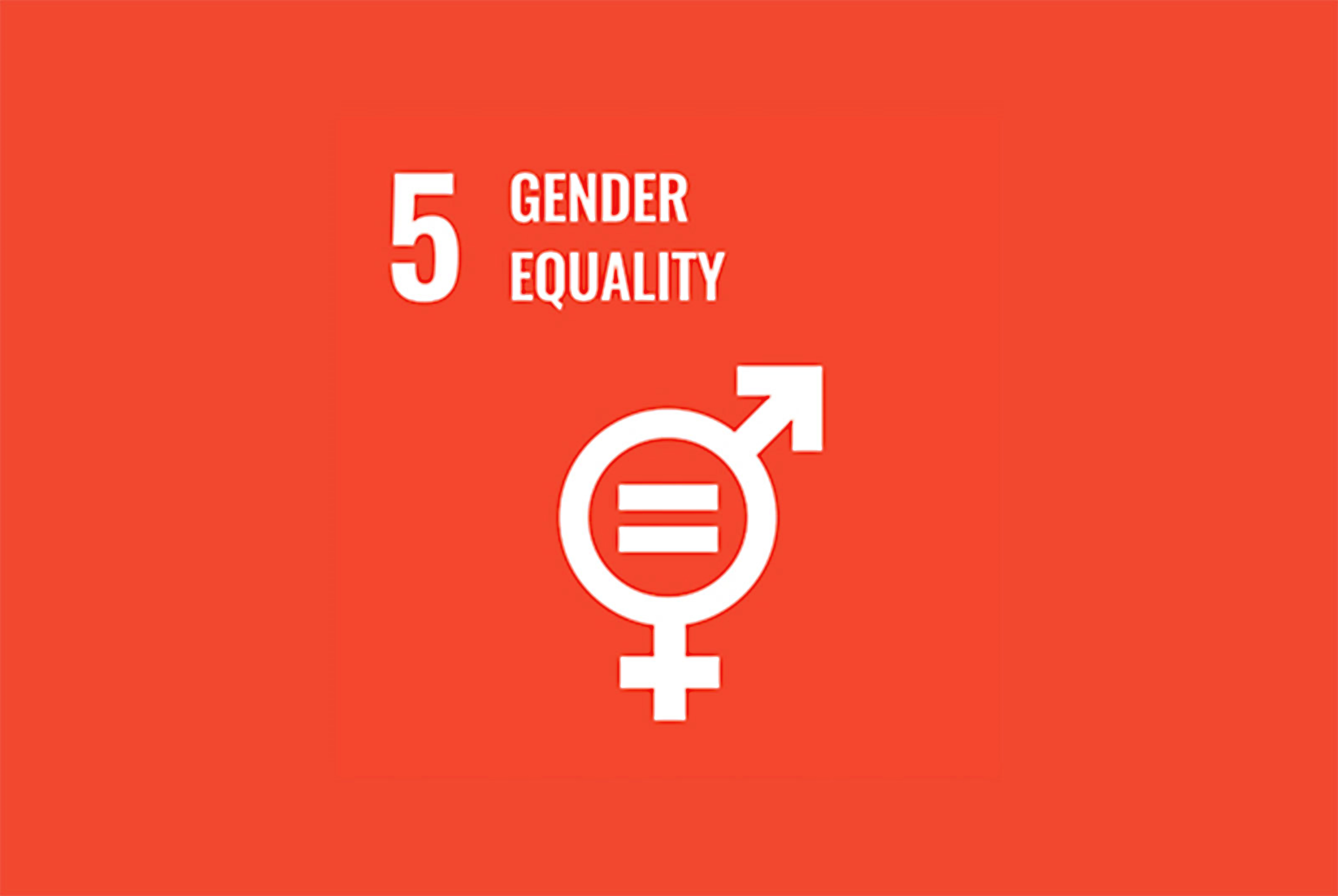
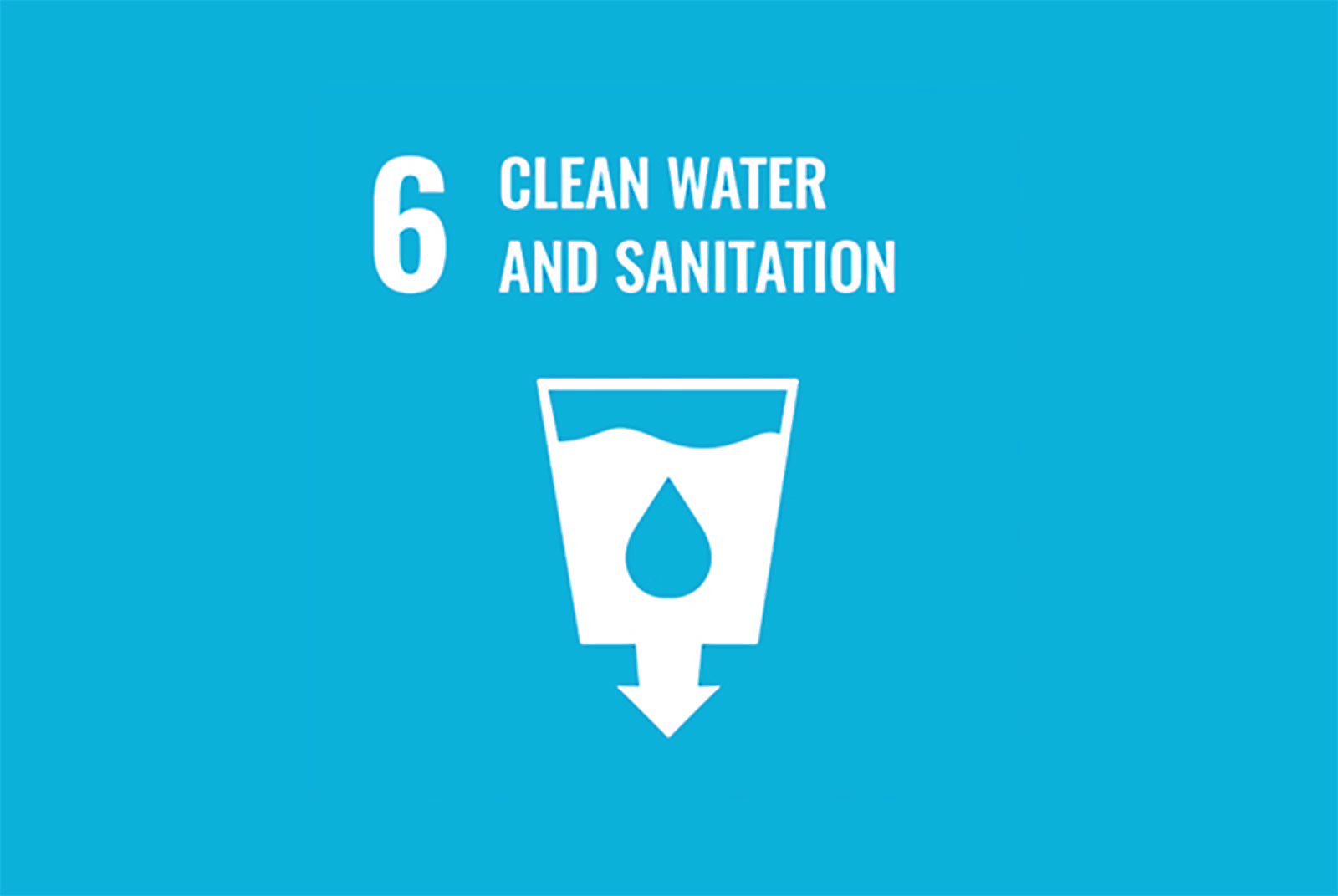


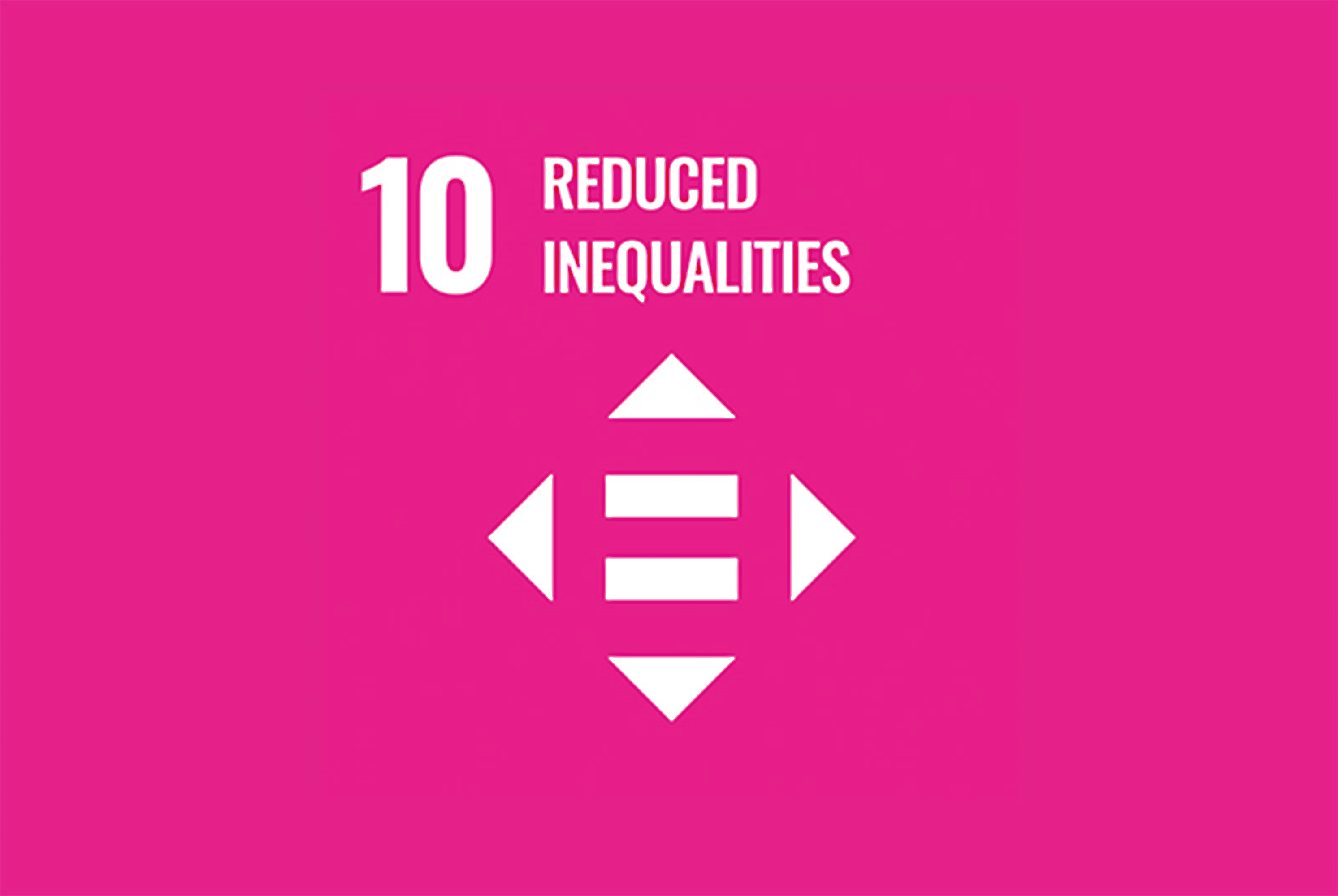


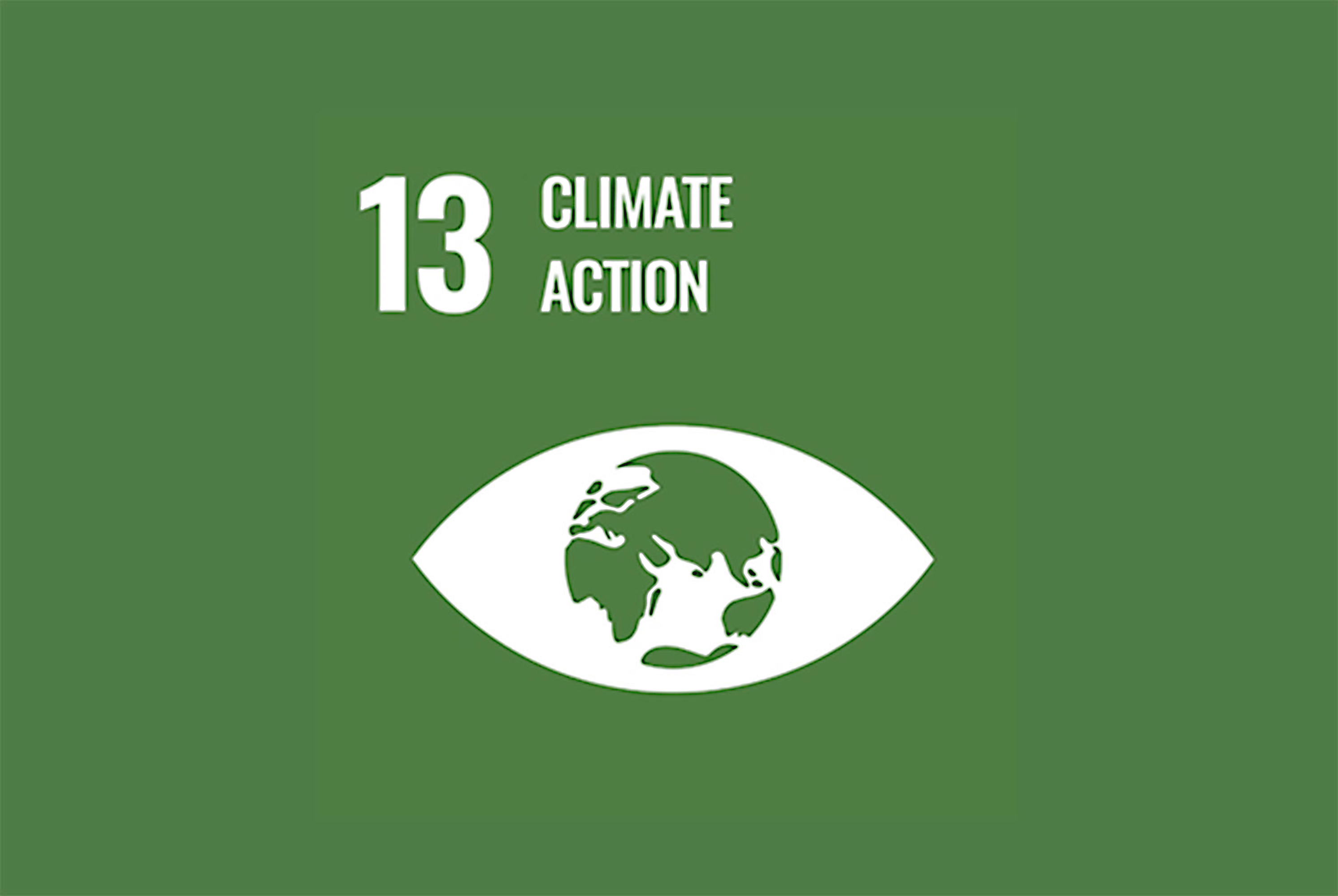
社会的責任ポリシー
新光合成繊維株式会社は、事業活動が社会、環境、経済に与える影響を十分に考慮し、企業の社会的責任を果たすことに尽力しています。持続可能な発展を促進するため、効果的な社会的責任管理システムを導入しています。これにより、従業員、サプライヤー、顧客、消費者、および社会に対する事業活動の負の影響を防止し、世界的な持続可能な開発目標(SDGs)の実現に貢献します。
-
労働
- 雇用の自由
- 強制労働、債務労働、搾取的労働、刑務所労働、奴隷制、人身売買を厳しく禁止します。
- 労働者の職場への出入りを不当に制限してはなりません。
- 労働契約は労働者の母国語で作成され、雇用条件が明記される必要があります。
- 雇用主や仲介業者が、労働者の身分証明書や出入国書類を押収、破壊、または隠蔽することは禁止されています。
- 労働者は、現地および輸出国の法令に基づく採用費用を請求されることはありません。
-
若年労働
- 15歳未満、または義務教育年齢未満、もしくは該当国の最低雇用年齢未満の児童労働を禁止します(条件の中で最も高い年齢を採用します)。適切な年齢確認メカニズムを導入する必要があります。
- 未成年労働者(18歳未満)は、健康や安全を脅かす可能性のある作業、夜勤、または残業を行ってはなりません。児童労働が確認された場合、企業は支援と救済措置を提供する必要があります。
-
労働時間
労働時間は現地法で定められた最大時間を超えてはなりません。週の労働時間は緊急時や特別な状況を除き、60時間を超えてはなりません。残業はすべて労働者の同意が必要です。7日ごとに少なくとも1日の休息を与える必要があります。 -
賃金と福利厚生
- 労働者に支払われる賃金は、最低賃金、残業手当、法定福利厚生を含む現地の法律を遵守しなければなりません。
- 残業手当は、通常の時給を上回るものである必要があります。賃金控除を懲罰手段として使用することは禁じられています。
- 各支払いサイクルで明確な賃金明細書を提供し、正確性を保証する必要があります。
-
人道的待遇
暴力、性的暴力、セクハラ、身体的および心理的虐待、侮辱、またはその他の非人道的な待遇を厳しく禁止します。 -
差別およびハラスメントの防止
性別、人種、宗教、年齢、身体的能力、性的指向、またはその他の保護された特性に基づく差別やハラスメントを禁止し、平等な機会を提供します。 -
団結権の尊重
従業員には、報復や差別を恐れることなく、組合結成、集団交渉、平和的な集会に参加する権利を尊重します。
- 雇用の自由
-
健康と安全
-
職業安全
- 会社は、職場の健康および安全リスクを特定、評価、緩和するための階層的な管理を実施する必要があります。これには、危険の排除、プロセスや材料の代替、適切な設計、工学的および管理的制御、予防保全、安全操作手順(ロックアウト/タグアウト手順を含む)を含みます。また、定期的な安全トレーニングを提供する必要があります。
- 危険が効果的に制御できない場合、適切で十分に保守された個人用保護具と危険やリスクに関する教育資料を従業員に提供する必要があります。
- 妊娠中および授乳中の女性が高リスク環境にさらされないようにするため、合理的な措置を講じる必要があります。また、これらの女性に適切な宿泊施設を提供する必要があります。
-
緊急対応
- 潜在的な緊急事態や事件を特定し、その影響を最小限に抑えるために、緊急対応計画と手順を実施します。これには、緊急報告、従業員通知、避難計画、トレーニングおよび演習が含まれます。
- 緊急演習は、少なくとも年1回、または現地法で要求される頻度で実施します。計画には、火災検知および消火装置、障害物のない緊急出口、十分な避難施設、緊急連絡先情報、復旧計画が含まれる必要があります。
-
怪我と職業病
職場での怪我や職業病を予防、管理、追跡、報告するための手順とシステムを確立する必要があります。これには以下が含まれます:- 従業員の報告を奨励すること。
- ケースの分類と記録。
- 必要な治療を提供すること。
- 根本原因を特定し、是正措置を実施すること。
- 従業員の職場復帰を支援すること。
-
産業衛生
- 化学物質、生物学的要因、物理的要因への従業員の曝露による影響を特定、評価、管理する必要があります。これには、階層的な管理を通じたリスクの除去または削減が含まれます。
- 危険が除去または削減できない場合、適切な設計、工学的および管理的制御手段を講じる必要があります。これらの対策が不十分な場合は、適切で維持された個人用保護具を無料で提供し、危険に関連するリスクの教材およびトレーニングを実施する必要があります。
-
身体的に負担の大きい作業
手作業による材料の運搬、重い物の繰り返し持ち上げ、長時間の立ち作業、高頻度または高強度の組立作業など、身体的に負担の大きい作業に関連するリスクを特定、評価、管理する必要があります。 -
機械の安全対策
生産設備やその他の機械に関連する安全リスクを評価しなければなりません。これには、物理的な安全装置、インターロック、バリアの提供および適切な維持が含まれます。 -
公共衛生と宿泊施設
- 従業員には、清潔なトイレ設備、飲料水、衛生的な調理器具、食品保存施設、食器を提供する必要があります。
- 会社または労働仲介者が提供する従業員宿舎は、安全で清潔な状態を維持し、緊急出口、入浴用の温水、十分な照明、暖房、換気設備を備えている必要があります。また、個人および貴重品を保管するための安全な場所、および適切でアクセスしやすいプライベートスペースも提供されるべきです。
-
健康と安全に関するコミュニケーション
- 従業員には、自分が理解できる言語で、職業上の健康と安全に関する適切な情報およびトレーニングを提供する必要があります。
- トレーニングは、機械的、電気的、化学的、火災、物理的危険など、職場で直面するすべてのリスクを網羅する必要があります。健康と安全に関連する情報は、職場の目に見える場所に掲示するか、簡単にアクセスできる場所に配置しなければなりません。従業員は仕事を始める前および定期的にトレーニングを受ける必要があります。
- 従業員が健康と安全に関する懸念を表明できるよう奨励し、報復を恐れることなく意見を述べられる環境を保証する必要があります。
-
職業安全
-
環境
- 環境許可および報告
必要なすべての環境許可(排出監視を含む)、承認、登録文書を取得し、それを維持および定期的に更新する必要があります。また、許可で指定された運用および報告要件を遵守する必要があります。 -
汚染防止および資源節約
- 汚染物質の排出および廃棄物の発生を最小限に抑えるため、汚染管理装置の設置、運用手順の改善、材料の置き換え、リサイクルなどの実践を通じて、源流から削減する必要があります。
- 水、化石燃料、鉱物、森林製品などの自然資源を節約するため、再利用や再生利用、効率的な運用を促進する必要があります。
- 有害物質
人体や環境に有害な化学物質や廃棄物を特定し、適切にラベル付けし、安全に処理、保管、輸送、使用、リサイクルする必要があります。 - 固形廃棄物
無害の固形廃棄物を特定、管理、削減し、責任を持って廃棄またはリサイクルするためのシステムを実施する必要があります。 - 大気排出
揮発性有機化合物、エアロゾル、腐食性物質、微粒子、オゾン層破壊物質、燃焼副産物などの排出を管理する必要があります。これには、排出の特徴付け、監視、制御、および処理が含まれます。オゾン層破壊物質は、モントリオール議定書および関連規制に従って管理する必要があります。 - 材料制限
製品および製造プロセスにおいて、特定の物質の使用を禁止または制限するすべての法律および顧客の要件を遵守する必要があります。 - 水資源管理
水の使用および排出を記録、分類、監視するための管理計画を実施する必要があります。節水の機会を模索し、汚染経路を制御することが求められます。廃水は排出または廃棄前に処理され、規制に従って監視する必要があります。 - エネルギー消費と温室効果ガス排出
温室効果ガスの削減目標を設定し、エネルギー消費およびスコープ1・スコープ2の排出量を追跡、記録、報告する必要があります。エネルギー効率を改善し、エネルギー消費と排出を最小限に抑える方法を探求することが必要です。
- 環境許可および報告
-
商業道徳
- 誠実な経営
すべての商取引において、最高水準の誠実さを維持する必要があります。贈収賄、汚職、強要、横領は厳しく禁止されます。 - 不正な利益の禁止
賄賂やその他の形態の不正な利益の提供、受領、承認、授与を直接または間接的に行うことは厳しく禁止されています。 - 情報公開
すべての取引は透明性を持ち、正確に記録される必要があります。適用される法律および業界の慣行に基づいて、取引および供給チェーン慣行に関する情報を公開する必要があります。 - 知的財産
知的財産を尊重し、顧客およびサプライヤーのデータを適切に保護する必要があります。 - 責任ある鉱物調達
鉱物(タンタル、スズ、タングステン、金)に関する調達および供給チェーンについて、国際規範(OECDガイドラインなど)に準拠する方針とデューデリジェンスを実施する必要があります。 - プライバシー
ビジネス活動に関連する個人データおよびプライバシーを保護し、関連する規制を遵守する必要があります。
- 誠実な経営
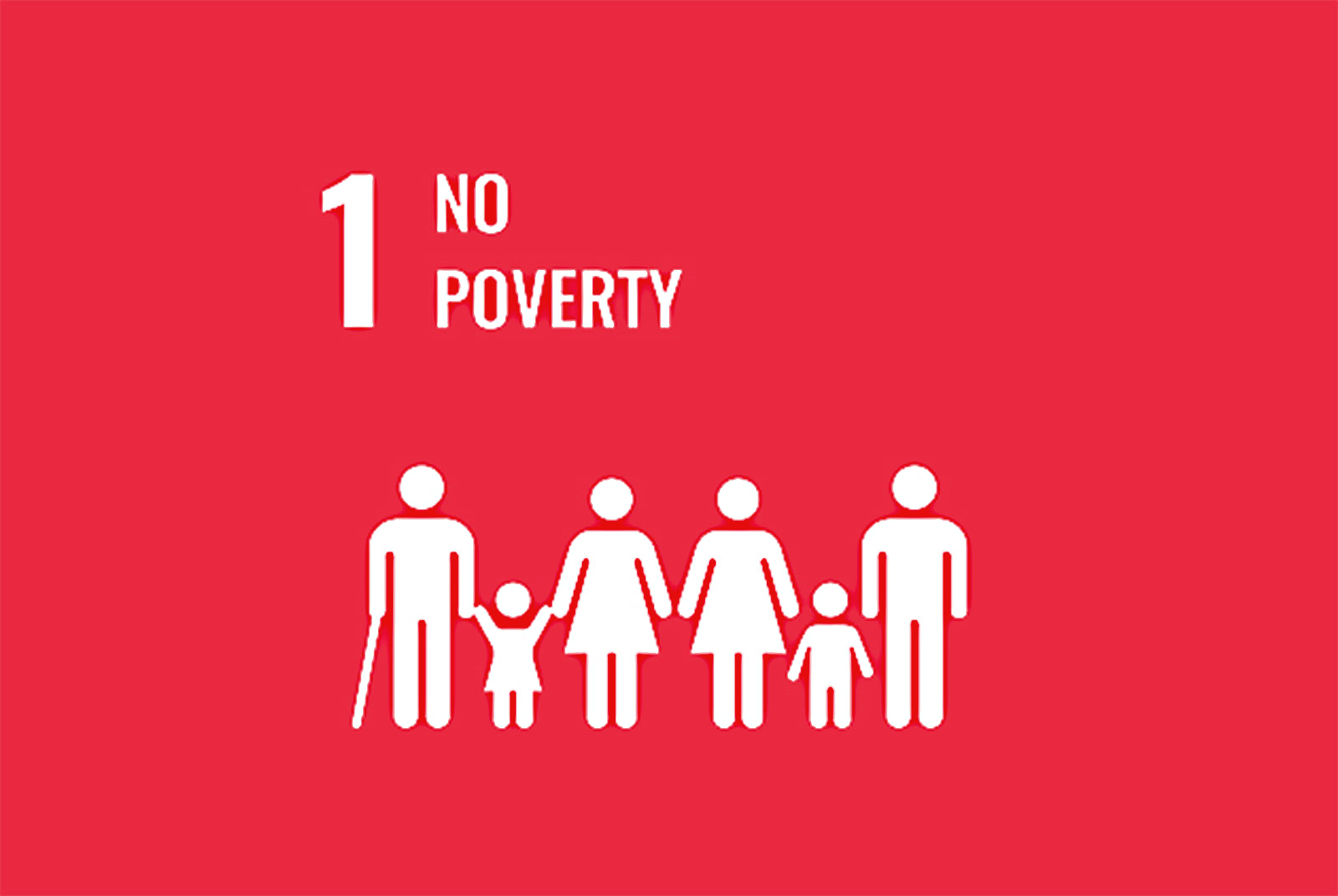
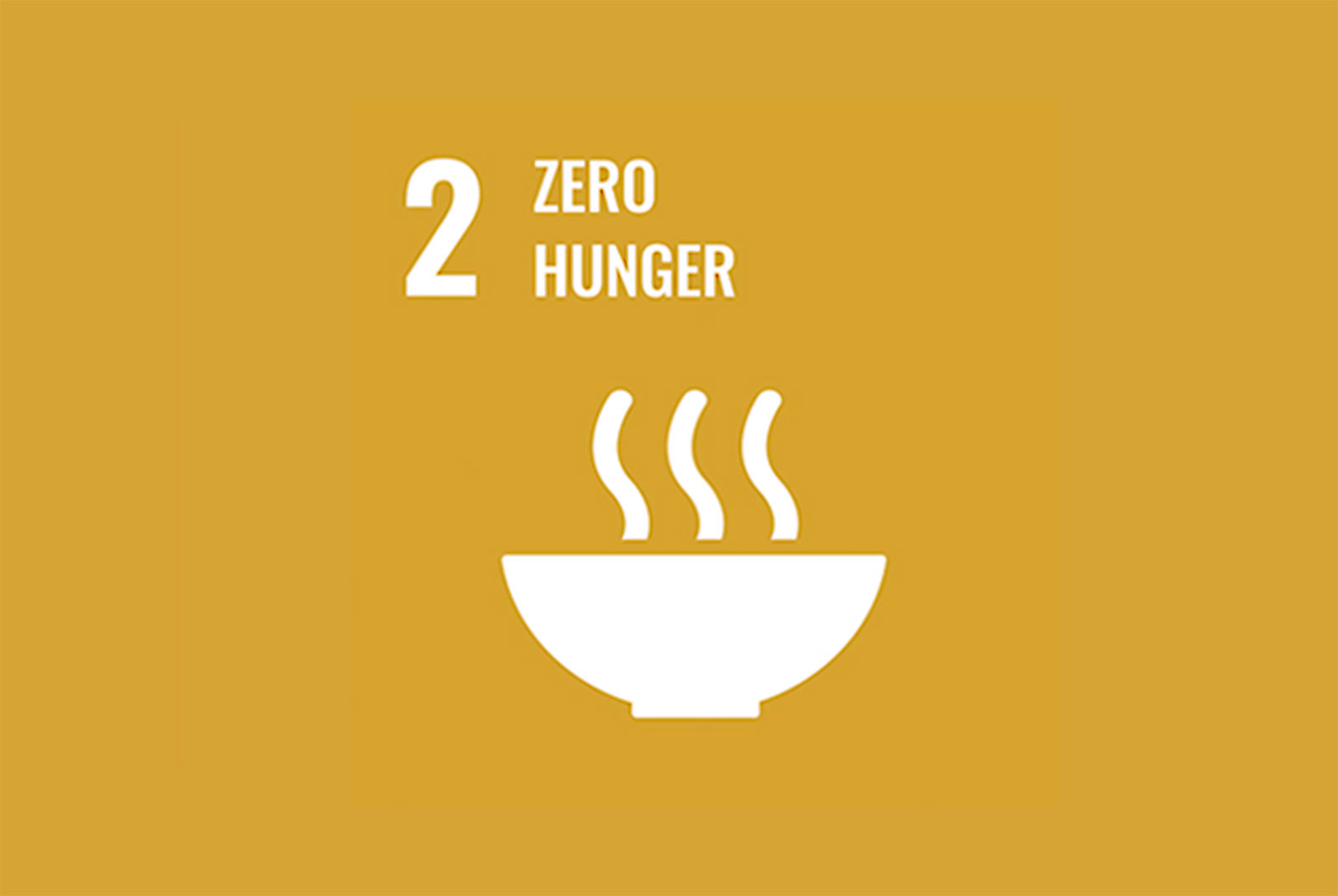

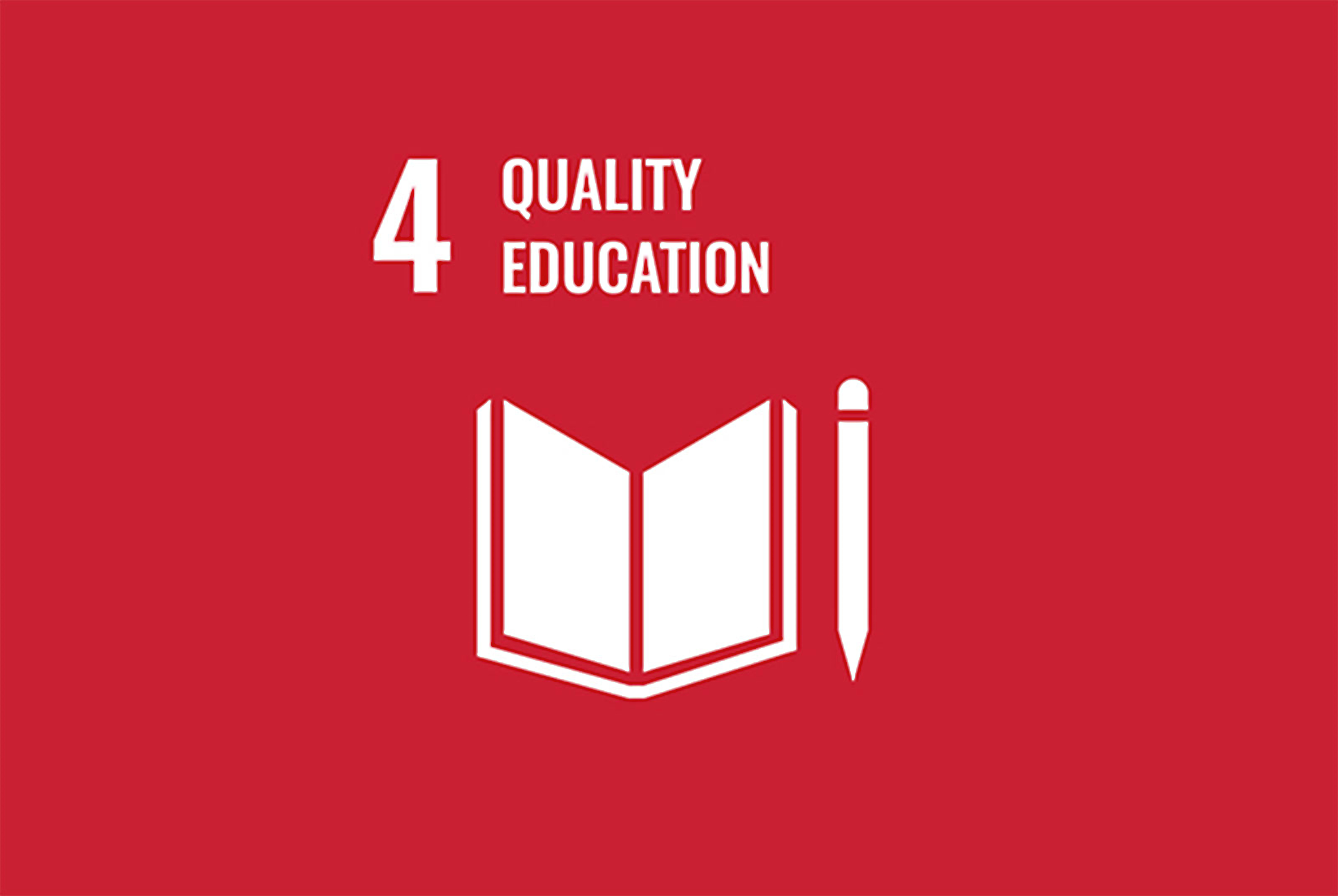



労働者の権利保護ポリシー
当社は、すべての従業員の賃金が所管官庁によって公表された法定最低賃金を下回らないことを保証し、労働者の権利が十分に保護されることを約束します。当社は、公平で安全、健康的、かつ尊厳のある職場環境を構築することに専念し、従業員の職場の安全および心身の健康の発展にも注力しています。当社は関連する法律および規制を遵守し、監督、検査、トレーニングの措置を通じて、従業員の福利と尊厳を確保します。
- 従業員の健康と安全の確保:
安全で健康的な作業環境を確保し、労働災害や職業病の発生を予防します。 - 労働者の意見を重視する:
従業員の意見、ニーズ、および懸念に敬意を払い、応答する効果的なコミュニケーションチャネルを構築します。 - キャリア管理(長期的な発展):
従業員にキャリア開発の機会と成長の場を提供し、長期的なキャリアプランニングをサポートします。 - 児童労働および強制労働の禁止:
あらゆる形態の児童労働の雇用を厳しく禁止し、すべての強制労働を排除します。 - 児童労働および強制労働の禁止:
あらゆる形態の児童労働の雇用を厳しく禁止し、すべての強制労働を排除します。 - 外部ステークホルダーとのコミュニケーションチャネルを重視する:
外部ステークホルダーとの継続的な対話と協力を確保し、その懸念と利益が十分に考慮されるよう効果的なコミュニケーションチャネルを構築します。




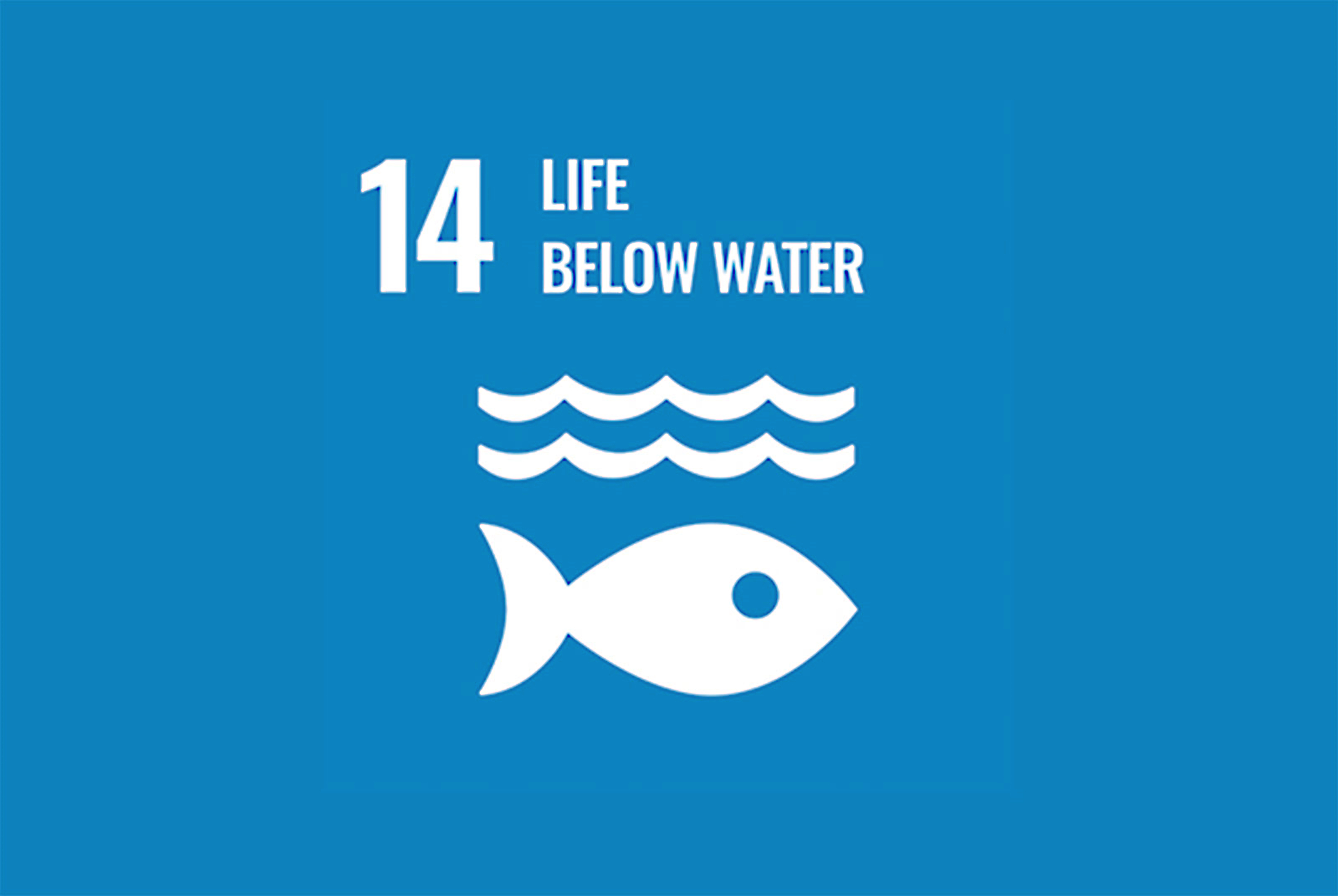
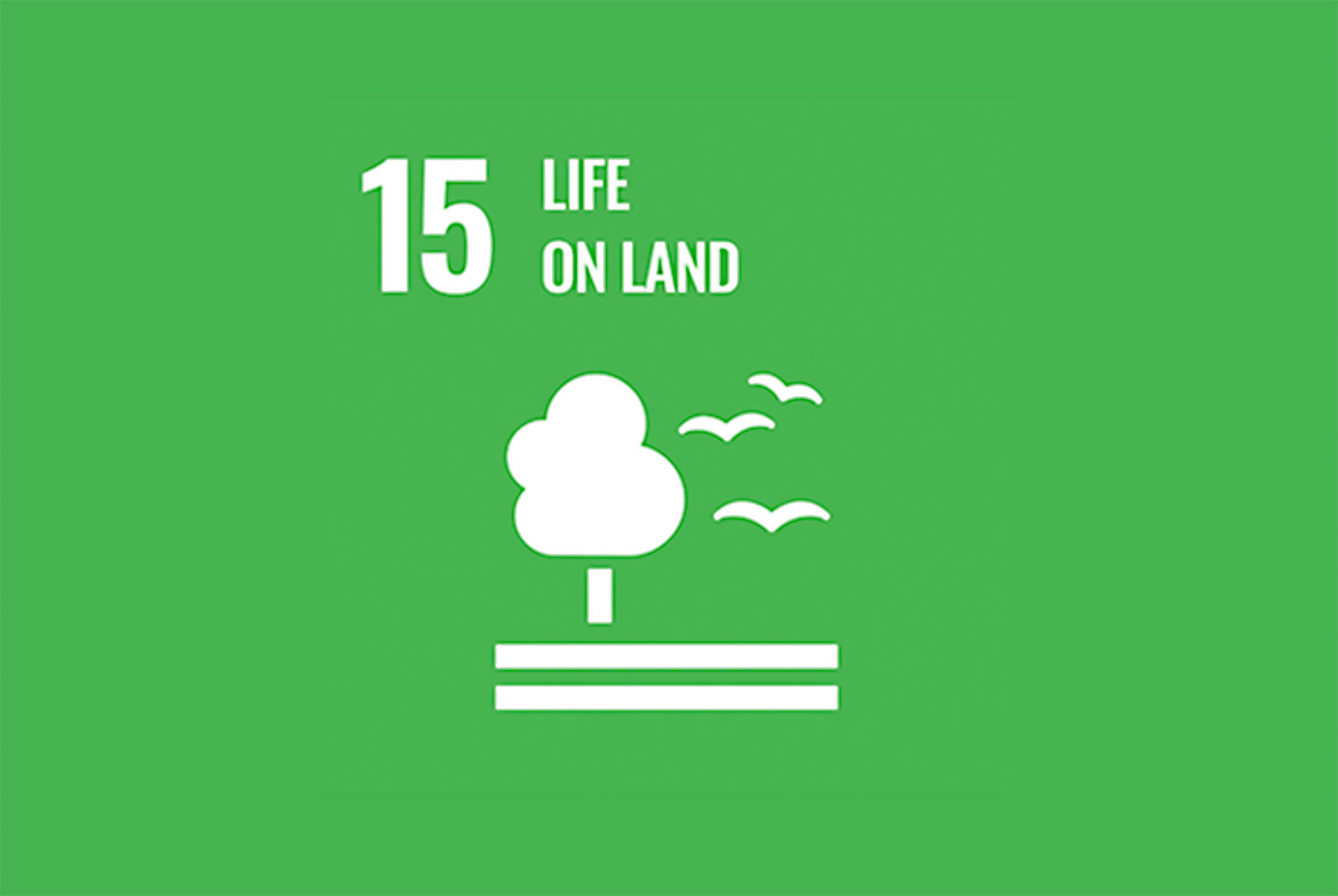
ShinKong Synthetic Fiber Co., Ltd. Sustainability and Net-Zero SDG Development Policy
ShinKong Synthetic Fiber Co., Ltd. focuses on sustainable corporate development while addressing the global trend of achieving net-zero emissions. This focus aligns with the demands of corporate governance, social regulations, and the expectations of investors and customers, emphasizing the importance of contributions to ESG (Environmental, Social, and Governance) initiatives. Implementing ESG strategies reduces corporate risks, lowers operational costs, and supports long-term development, contributing to society, the environment, and the economy. The company plans its sustainability and net-zero ESG strategies in alignment with SDGs, setting annual goals accordingly.
Driving Low-Carbon Transformation:
- Conduct carbon inventories to assess greenhouse gas emissions across the lifecycle of organizational activities, products, or services. Use this information to formulate reduction strategies and promote sustainable consumption and production models.
- Actively seek methods for energy conservation and carbon reduction to enhance energy efficiency and decrease emissions. Energy conservation and carbon reduction are treated as core tasks, with specific carbon reduction targets set to align with group-level goals.
- Explore new markets and incorporate smart technologies, such as AI, to enhance production capacity and efficiency.
- Pursue technological innovation to develop green products and new technologies, adopt low-carbon fuels, invest in various carbon-reduction technologies, and transition to low-carbon operations through renewable energy investments and clean energy installations.
- Purchase carbon credits and study trends in the carbon credit market. Carefully evaluate the cost-effectiveness of purchasing carbon credits to formulate purchasing strategies.
Promoting Circular Economy:
- Reduce waste generation, engage in recycling initiatives, and actively reuse materials to minimize environmental impact.
- Enhance product sustainability by collaborating with suppliers to implement green supply chain management, fostering the development of the circular economy.
- Advocate for resource management and source management by utilizing circular reuse practices and controlling raw material sourcing to reduce reliance on natural resources and minimize pollutant emissions.
Advancing Water Resource Management:
- Reduce water consumption during production processes through technological methods that enable recycling and reuse.
- Prioritize reducing pollutant emissions, strengthen source management, implement rainwater and wastewater separation systems, and conduct wastewater treatment to mitigate environmental impact on water resources.
Strengthening Corporate Social Responsibility:
- Emphasize employee training to raise awareness of sustainability issues, promote participation in energy conservation and carbon reduction activities, and support regional sustainable development initiatives.
- Commit to ensuring employee safety and health, treating personnel with respect and dignity, addressing environmental concerns, adhering to business integrity, and executing due diligence to fulfill corporate social responsibility.
- Support environmental and community care through social welfare activities, contributing to environmental preservation and community well-being.






環境保護方針
新光合成繊維株式会社は、持続可能な発展に取り組み、環境保護の重要性と環境保護における企業の責任を深く認識しています。ポリエステル製造のリーディングカンパニーとして、環境保護と事業の発展の間には密接な関係があると強く信じています。そのため、環境保護に関する一連の方針を積極的に策定し、実行しています。エネルギーの節約と二酸化炭素排出量の削減を積極的に推進するために、2025年までに7%の削減、2030年までに22%の削減、2050年までにカーボンニュートラルの達成という目標を設定しました。これらの取り組みにより、新光合成繊維株式会社(子会社を含む)の事業活動が環境に積極的な影響を与えることを確保します。
政策の方向性
- エネルギー消費と温室効果ガス排出
目標:
- エネルギー消費を毎年1%削減する。
- 温室効果ガスの排出量を毎年2%削減し、2025年までに合計7%削減を目標とする(基準年2021年)。
- スコープ1: 毎年0.5%削減
- スコープ2: 毎年1.5%削減
- 水資源の節約とリサイクル
目標:
水資源の使用量を毎年1%削減し、2025年までに合計5%削減を目指す(基準年2020年)。 - 生態系の多様性保護
目標:
- 桃園にある「ストロベリースクール」農場に投資し、無農薬・成長ホルモン不使用の「統合害虫管理(IPM)」を導入。
- 生態系と生物多様性の保護を新光青年村のエコゾーン計画に組み込み、土地の劣化を防ぎ、持続可能な利用を推進する。
- 大気汚染の削減
目標:
大気汚染物質の排出量を毎年1%削減し、2027年までに合計5%削減を目指す(基準年2022年)。 - リサイクル原料の使用
目標:
リサイクル原料の使用率を毎年5%増加させる。 - 産業廃棄物の削減
目標:
生産過程で発生する廃棄物を毎年1%削減し、リサイクルと廃棄物削減を促進する。 - 消費者の安全と健康
目標:
製品安全を確保し、関連する規制や基準を遵守し、消費者の健康と権利を保護する。 - 持続可能な消費の促進
目標:
- 消費者が持続可能な製品を認識し、選択する意識を高め、持続可能な消費モデルの発展を促進する。
- 目標: 毎年2回の展示会に参加し、持続可能な製品を推進する。




労働安全方針
新光合成繊維株式会社では、労働安全は最も重要な価値の一つであると強く信じています。当社は、安全で健康的な作業環境を提供し、新光合成繊維株式会社(子会社を含む)および当社のパートナー(請負業者を含む)のすべての従業員の労働安全と福祉を確保することに取り組んでいます。強力な労働安全方針を確立することで、労働安全の最良の実践を主導し、推進し、労働災害と職業病の発生を積極的に予防することを目指しています。
当社は、労働安全に関するトレーニングを強化し、認識を高めることで、すべての従業員が必要な労働安全の知識とスキルを備えていることを保証します。効果的な労働安全管理制度を確立し、方針の実施状況を定期的に確認し、改善します。これらの取り組みを通じて、すべての作業場所および作業活動において、最高水準の労働安全基準の達成を目指します。
方針の方向性
- 労働安全管理制度の確立:労働安全の責任と管理システムを明確に定義し、労働安全管理の業務が包括的に実施され、確実に遂行されるようにします。
- 労働安全トレーニングの強化:労働者および管理者の労働安全に対する意識とスキルを向上させ、労働災害および職業病の発生を効果的に防ぎます。
- 労働災害の監視および評価の強化:労働災害の監視および評価メカニズムを確立し、労働災害の要因を迅速に特定および制御して、従業員の身体の健康と安全を確保します。
- 労働安全検査と監督の強化:企業の労働安全管理状況を検査および監督し、問題を特定して適時に是正措置を実施し、労働災害および職業病の発生を防ぎます。
- 労働災害緊急対応システムの確立:労働災害の緊急対応および救援手順を開発および実施し、労働災害による人的被害や損失を減らします。




持続可能な調達方針
新光グループは、製品およびサービスのライフサイクル全体を通じて環境、社会、経済への影響を考慮し、持続可能な調達の実施を通じて持続可能な経営の理念を維持しています。
新光グループは、合理的なコストと利益の追求の下で、パートナーと共に労働者の権利を保護し、環境保護を推進し、ビジネス倫理と公正な運営を促進し、調達パフォーマンスを向上させ、サプライチェーンの競争力を高め、持続可能なサプライチェーンを目指しています。
調達の考慮事項:
- 環境保護への取り組み: 環境問題への対応と環境保護への誓約。
- 気候変動への注力: 温室効果ガスの排出削減。
- 資材供給の管理: 再生可能かつリサイクル可能な資材の選定を優先。
- 国際基準の遵守: 国際基準の遵守と現地法規への準拠。
- 人権の保護: 人権精神の擁護と労働者の権利向上。
- 労働安全の確保: 人員の健康と安全の保護。
- ビジネスの誠実性の維持: 最高水準の誠実さと正直さを維持。
- ステークホルダーとのコミュニケーション: ステークホルダーのニーズと期待に応える。
持続可能な調達方針の方向性
- 1. サプライヤーの労働権利施行:o サプライヤーとのパートナーシップを構築する際、児童労働および強制労働の禁止、安全で健康的な作業環境の提供など、労働者の権利施行を重視します。
- 2. 再生可能および環境配慮型資材の調達比率の増加:o 再生可能および環境に配慮した資材の調達比率を段階的に増加させることで、天然資源への依存を減らし、持続可能な循環型経済の発展を促進します。
- 3. 地域サプライヤーの持続可能な発展の支援:o 地域のサプライヤーが持続可能な発展目標を達成できるよう、技術指導、トレーニング、およびリソース支援を提供することを奨励し、支援します。




商業道德政策
新光合纖致力於建立一個高度道德和負責任的商業環境,我們深知商業道德對於企業的長期成功和社會的可持續發展至關重要。為此,我們制定了以下商業道德政策,旨在確保新光合纖(含子公司)的業務遵守反貪汙反賄賂、避免利益衝突、反詐欺、洗錢防制、禁止不當競爭、確保資訊安全等原則,堅持誠信經營,對腐敗、賄賂和不道德的商業行為實行零容忍政策,並秉持著道德、透明和正直的價值觀。
政策方向
- 反貪汙反賄賂:嚴禁任何形式的貪汙和賄賂行為,包括給予或接受賄賂、濫用職權、行賄等,確保公司內外部交往的廉潔和透明。
- 避免利益衝突:要求員工避免與公司的利益發生衝突,禁止從事可能損害公司利益或產生利益衝突的行為。
- 反詐欺:嚴禁任何形式的欺詐行為,包括虛報、偽造文件、不實廣告等,確保公司內外部交易的誠實和公正。
- 洗錢防制:建立和執行有效的洗錢防制措施,確保公司不成為洗錢和資金來源的管道。
- 禁止不當競爭:遵守公平競爭原則,禁止不正當競爭行為,包括誹謗競爭對手、盗竊商業機密、扭曲市場等。
- 確保資訊安全:確保公司和客戶的資訊安全,包括資料保護、防止未經授權的資訊存取和使用等。


申訴管道
設置檢舉管道供員工、客戶、供應商及其他外部利害關係人舉報違反人權、環境與職業安全衛生、商業道德、資訊安全等非法行為,檢舉、申訴與建議管道如下:
違反商業道德申訴管道:
稽核室
申訴電話: 0800-588-100
申訴信箱: [email protected]
違反勞工與人權申訴管道:
人資部
申訴電話:886-2-25071259 分機:7598
申訴信箱:[email protected]
廠務處人事課
申訴電話:886-3-493-2131 分機:1120
申訴信箱: [email protected]
新科廠務處
申訴電話:886-3-380-1794 分機:6107
申訴信箱: [email protected]
違反資訊安全申訴管道:
資訊部
申訴電話: 886-2-25071259分機: 7599
申訴信箱: [email protected]
違反環境與職業安全衛生申訴管道:
工安處
申訴電話: 886-3-4932131分機:1105
申訴信箱: [email protected]
觀音工安組
申訴電話: 886-3-4836745 分機:2106
申訴信箱: [email protected]
新科廠務處
申訴電話: 886-3-380-1794 分機:6107
申訴信箱: [email protected]
違反產品健康與安全申訴管道:
行企組
申訴電話: 886-2-25071259分機:7551
申訴信箱: [email protected]
| 評估項目 | 運作情形 | 與上市上櫃公司誠信經營守則差異情形及原因 | ||||||||||||||
|---|---|---|---|---|---|---|---|---|---|---|---|---|---|---|---|---|
| 是 | 否 | 摘要說明 | ||||||||||||||
| 一、訂定誠信經營政策及方案 | ||||||||||||||||
| (一)公司是否制定經董事會通過之誠信經營政策,並於規章及對外文件中明示誠信經營之政策、作法,以及董事會與高階管理階層積極落實經營政策之承諾? | V | 本公司已於董事會通過「防貪管理辦法」及「誠信經營守則」,禁止作出違反誠信、不法等不誠信行為,並已訂定「誠信經營作業程序及行為指南」,以合理實務需求落實遵循之。 | 無重大差異 | |||||||||||||
| (二)公司是否建立不誠信行為風險之評估機制,定期分析及評估營業範圍內具較高不誠信行為風險之營業活動,並據以訂定防範不誠信行為方案,且至少涵蓋「上市上櫃公司誠信經營守則」第七條第二項各款行為之防範措施? | V | 本公司訂定之「誠信經營作業程序及行為指南」,規範相關行為標準及設立專責單位,以落實執行相關作業,並已涵蓋各款行為之防範措施。
每年完成「商業道德暨資訊安全風險評估表」(含海外據點),藉以評估營業範圍內具較高不誠信行為風險之營業活動。 |
無重大差異 | |||||||||||||
| (三) 公司是否於防範不誠信行為方案內明定作業程序、行為指南、違規之懲戒及申訴制度,且落實執行,並定期檢討修正前揭方案 | V | 本公司訂定之「誠信經營作業程序及行為指南」,明確禁止人員或藉由第三人提供、承諾、要求或收受任何不正當利益行為。並設有舉報機制以鼓勵檢舉不誠信行為或不當行為。 | 無重大差異 | |||||||||||||
| 二、落實誠信經營 | ||||||||||||||||
| (一)公司是否評估往來對象之誠信紀錄,並於其與往來交易對象簽訂之契約中明訂誠信行為條款? | V | 本公司訂定之防貪辦法已明文規定納入「排佣條款」,並訂有誠信經營守則以供遵循。與供應商簽訂之合約中包含「供應商行為準則」,明訂誠信經營條款,各供應廠商須簽訂「社會責任暨供應商行為承諾聲明書」。 | 無重大差異 | |||||||||||||
| (二)公司是否設置隸屬董事會之推動企業誠信經營專責單位,並定期(至少一年一次)向董事會報告其誠信經營政策與防範不誠信行為方案及監督執行情形? | V | 本公司訂定之「誠信經營作業程序及行為指南」,設有誠信經營推動小組,並結合稽核單位之防貪管理作業,每年向董事會報告。 | 無重大差異 | |||||||||||||
| (三)公司是否制定防止利益衝突政策、提供適當陳述管道,並落實執行? | V | 本公司訂定之「商業道德政策」、「誠信經營作業程序及行為指南」明定防止利益衝突政策,並設有申訴檢舉專線。 | 無重大差異 | |||||||||||||
| (四) 公司是否為落實誠信經營已建立有效的會計制度、內部控制制度,並由內部稽核單位依不誠信行為風險之評估結果,擬訂相關稽核計畫,並據以查核防範不誠信行為方案之遵循情形,或委託會計師執行查核? | V | 本公司之會計制度、內部控制制度及內部稽核人員查核均按照規定辦理,並在董事會報告。 | 無重大差異 | |||||||||||||
| (五)公司是否定期舉辦誠信經營之內、外部之教育訓練? | V |
|
無重大差異 | |||||||||||||
| 三、公司檢舉制度之運作情形 | ||||||||||||||||
| (一)公司是否訂定具體檢舉及獎勵制度,並建立便利檢舉管道,及針對被檢舉對象指派適當之受理專責人員? | V |
1.本公司訂有「商業道德管理程序」、「防貪管理辦法」、「檢舉、申訴與建議及員工參與回饋管理程序」,提供集團免付費申訴檢舉專線:0800-588-100或郵寄反貪信箱: [email protected](設置於稽核室);公司內亦可直撥分機1199(設置於廠務處),供本公司外部及內部人員使用。
2.本檢舉管道於公司網站公開揭露,同時依檢舉內容指定專責單位依規定程序處理檢舉案件,如接獲主管機關糾舉、內外部申訴或其他任何管道人員違反商業道德相關情事,由專責人員召集適當成員,成立調查小組進行調查。(詳細內容請參閱新光合纖官網:http://www.shinkong.com.tw/front/investors) |
無重大差異 | |||||||||||||
| (二)公司是否訂定受理檢舉事項之調查標準作業程序、調查完成後應採取之後續措施及相關保密機制? | V | 本公司於「檢舉、申訴與建議及員工參與回饋管理程序」明訂檢舉案件處理程序,並制訂「檢舉人保護暨反報復管理程序」,對於檢舉人身份及檢舉內容予以保密。(詳細內容請參閱新光合纖官網:http://www.shinkong.com.tw/front/investors) | 無重大差異 | |||||||||||||
| (三)公司是否採取保護檢舉人不因檢舉而遭受不當處置之措施? | V |
1.本公司於「檢舉人保護暨反報復管理程序」明訂對於檢舉人身份及檢舉內容予以保密,同時承諾保護檢舉人不因檢舉情事而遭不當處置。
2.112 年度本公司受理舉報件數共0件。 |
無重大差異 | |||||||||||||
| 四、加強資訊揭露 | ||||||||||||||||
| 公司是否於其網站及公開資訊觀測站,揭露其所訂誠信經營守則內容及推動成效? | V | 公司已完成「合規手冊」並發送各單位參考,且已將誠信經營相關資訊揭露於本公司內部知識交流平台上,供同仁點閱,並已放在公司網站上供大眾查詢。公司同仁皆依相關規定執行。 | 無重大差異 | |||||||||||||
| 五、公司如依據「上市上櫃公司誠信經營守則」定有本身之誠信經營守則者,請敘明其運作與所定守則之差異情形:
公司已訂定「誠信經營守則」及「誠信經營作業程序及行為指南」,並依其規定運作,其運作與所訂守則無差異。 |
||||||||||||||||
| 六、其他有助於瞭解公司誠信經營運作情形之重要資訊:(如公司檢討修正其訂定之誠信經營守則等情形)訂定「誠信經營作業程序及行為指南」,規範相關行為標準及設立專責單位,及落實執行相關之作業。 | ||||||||||||||||
